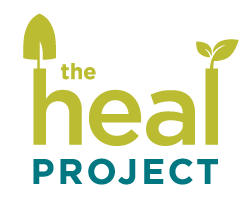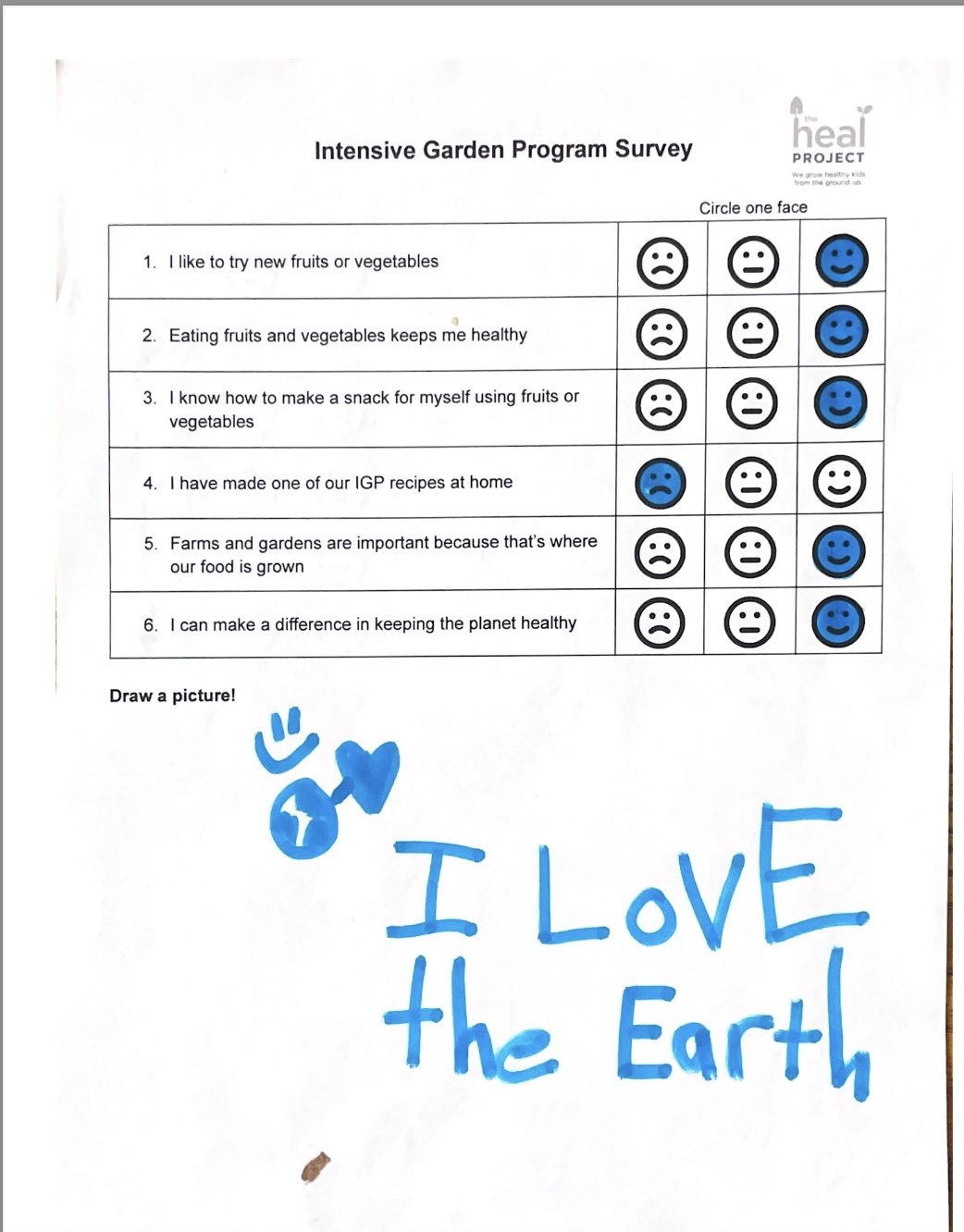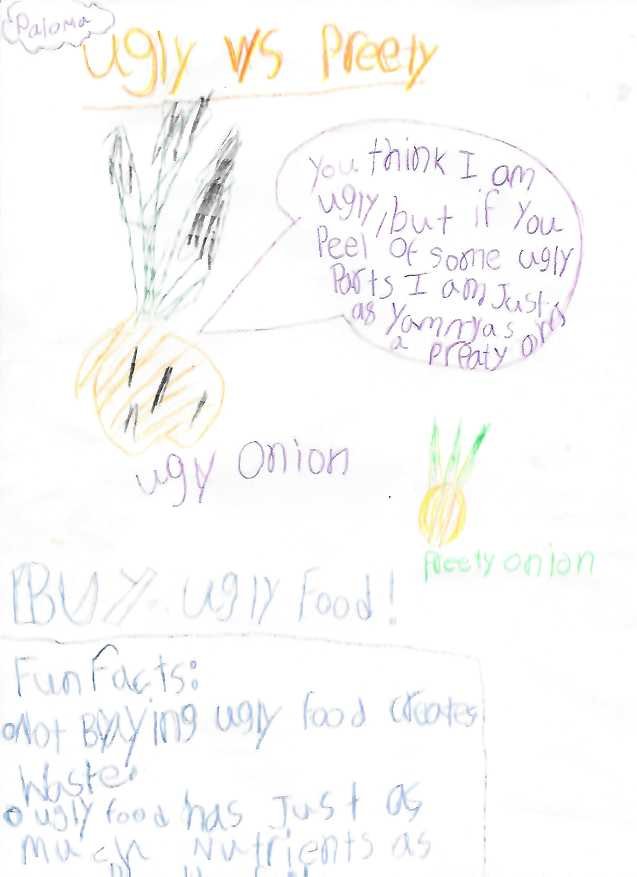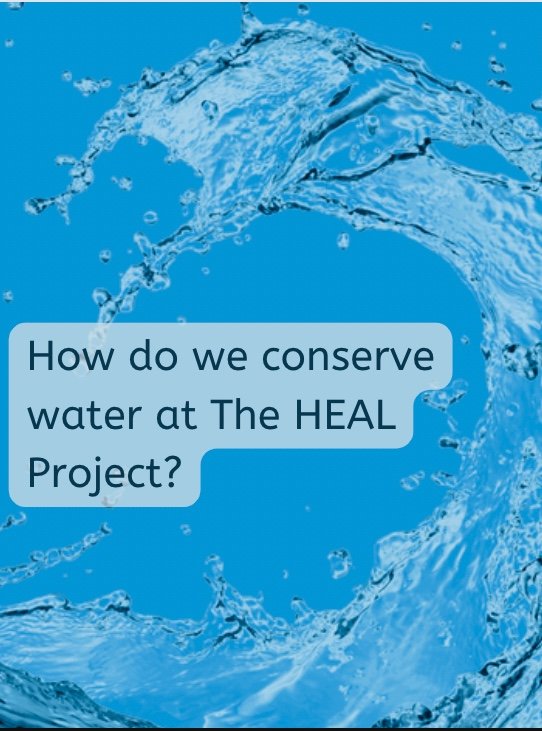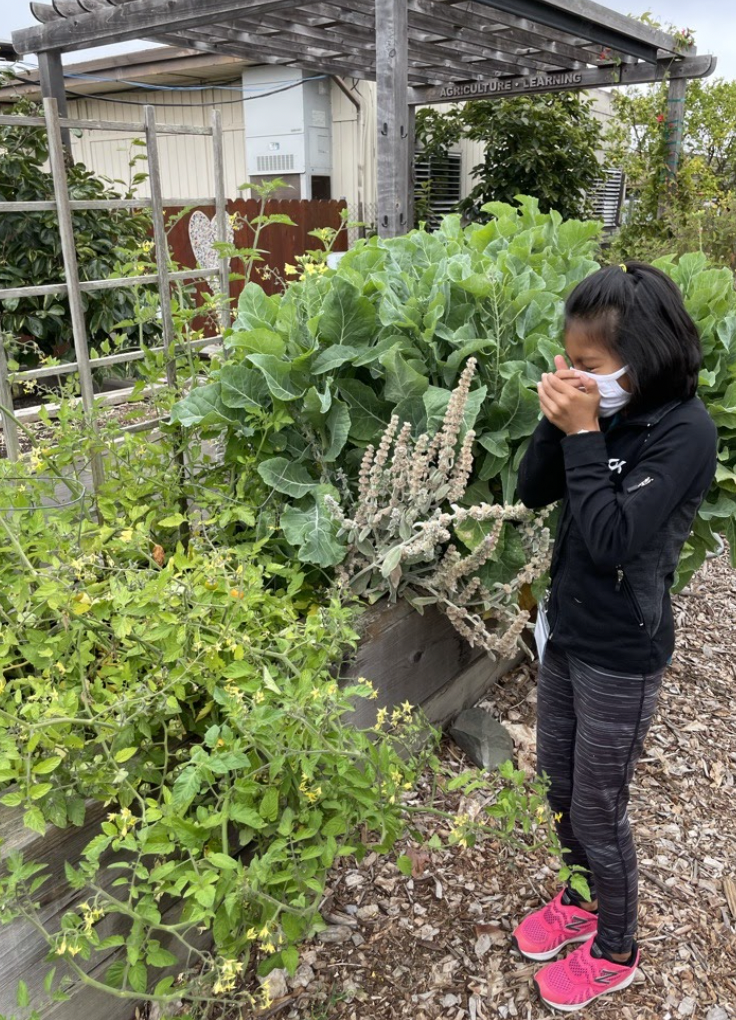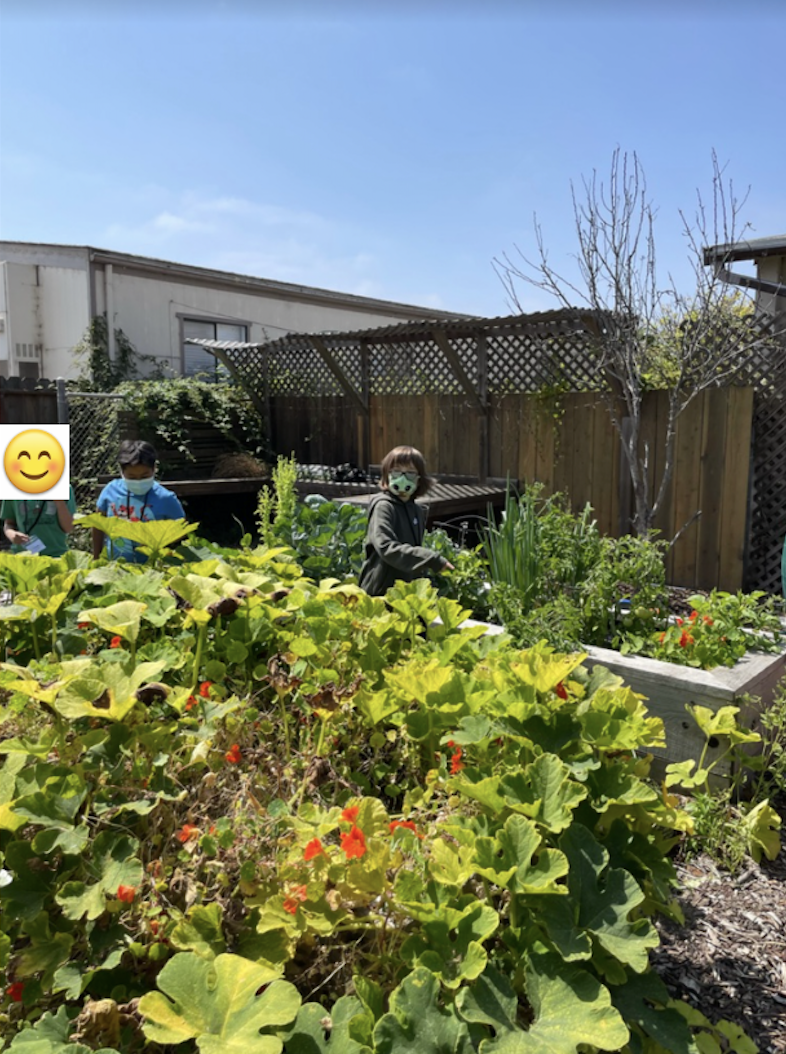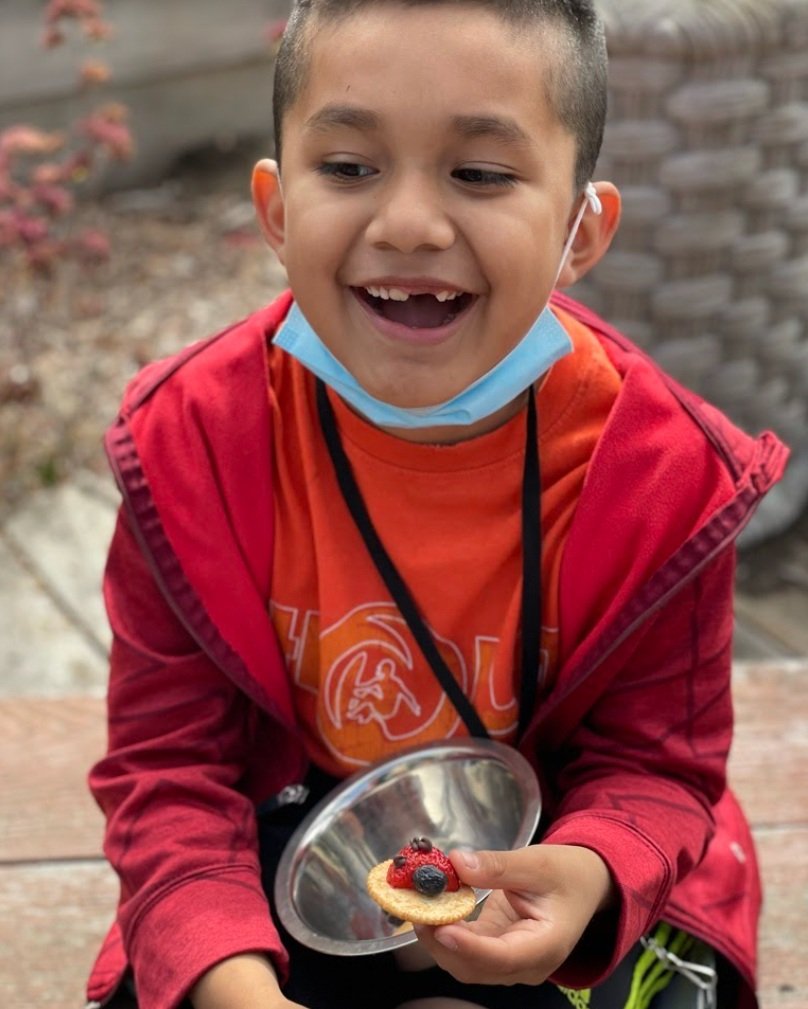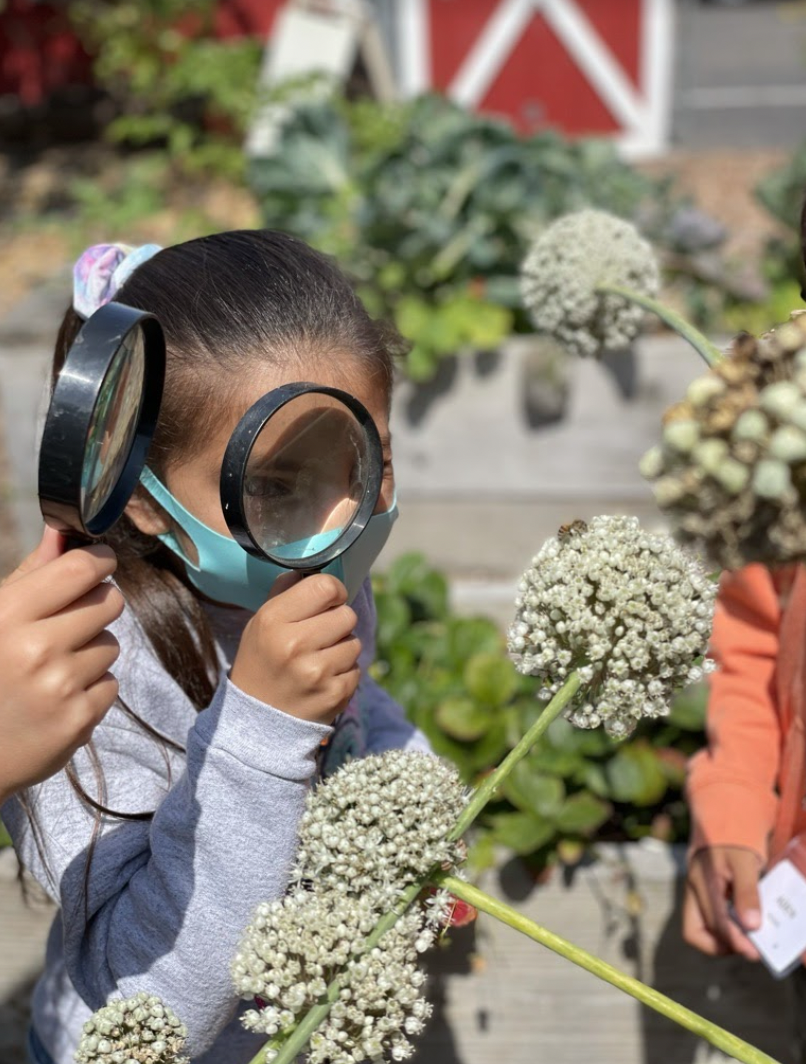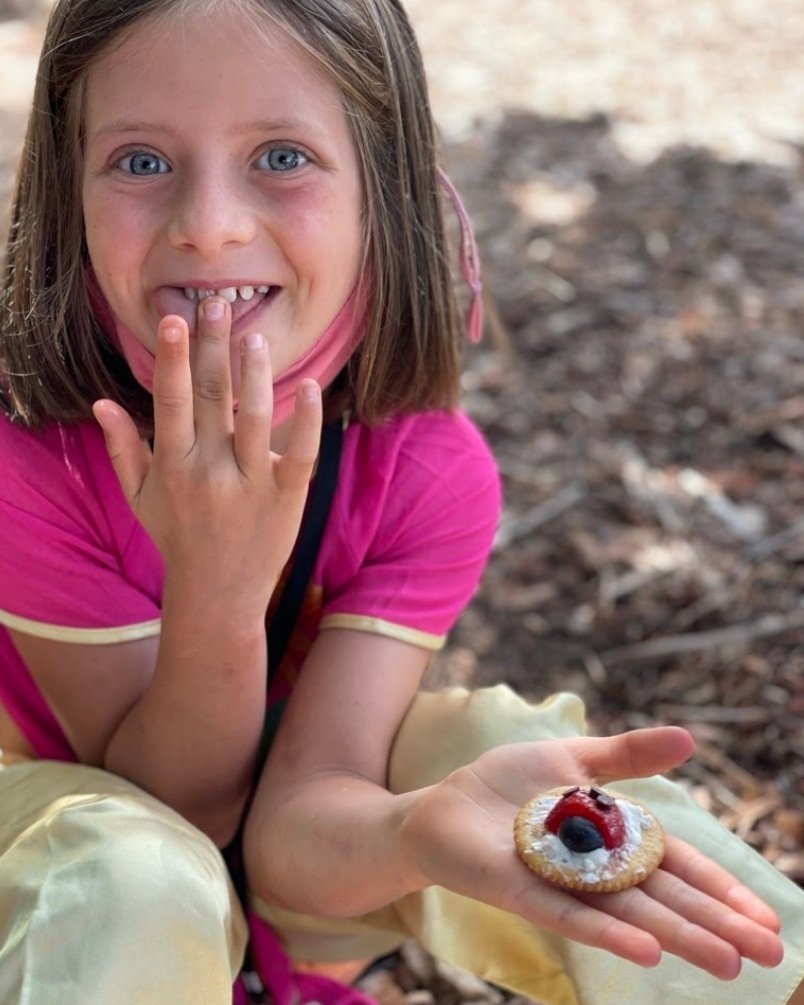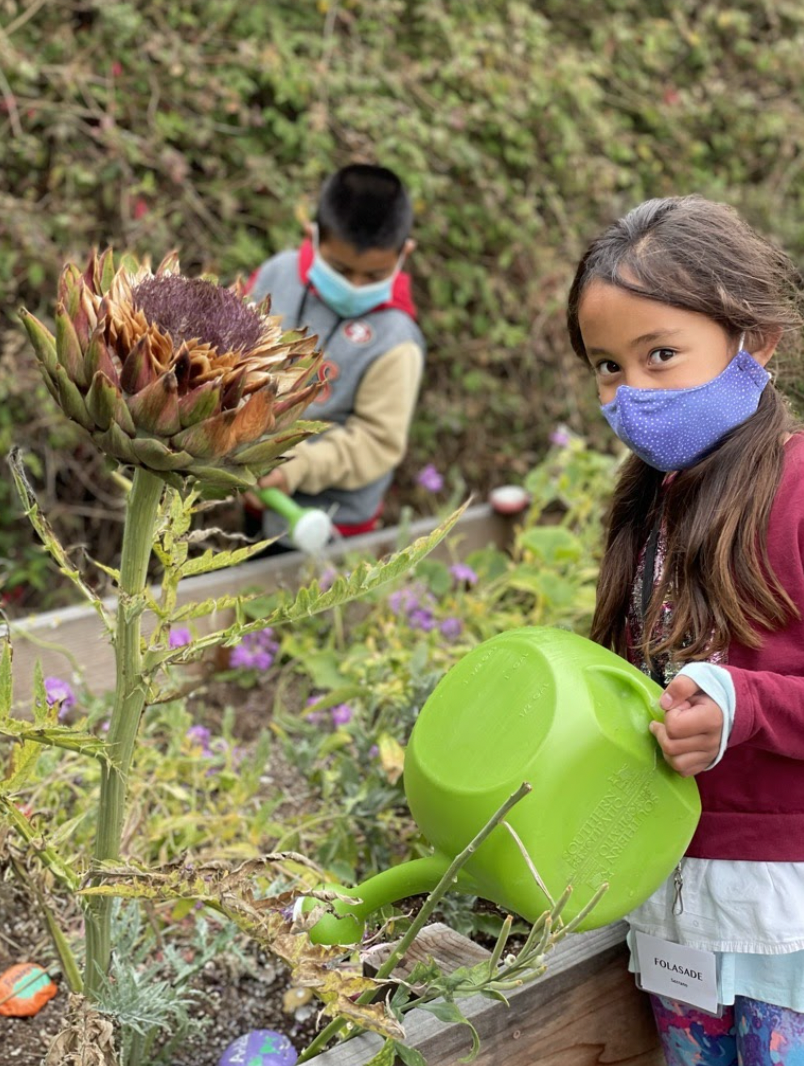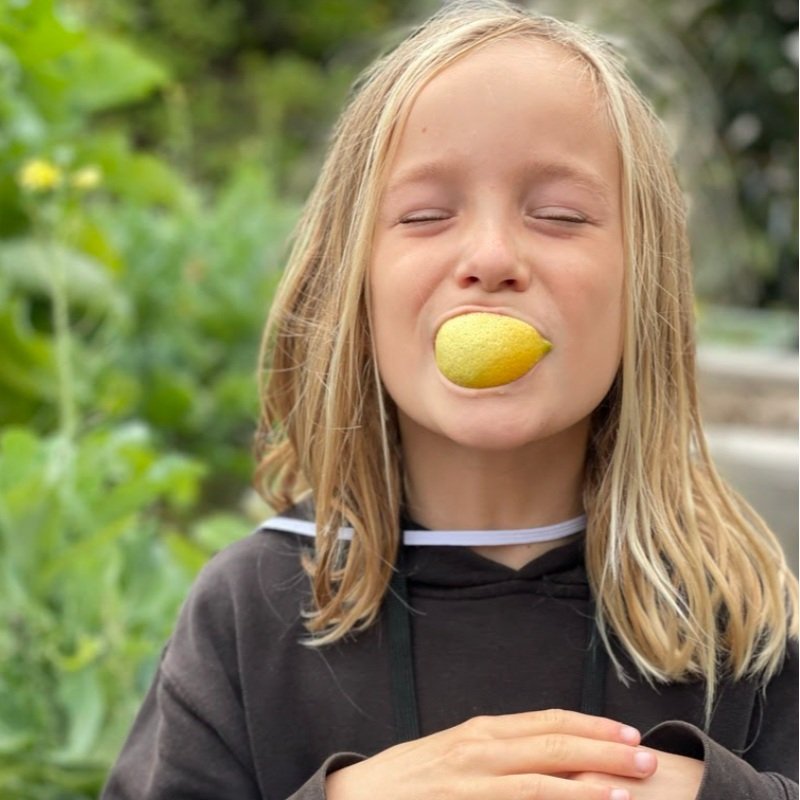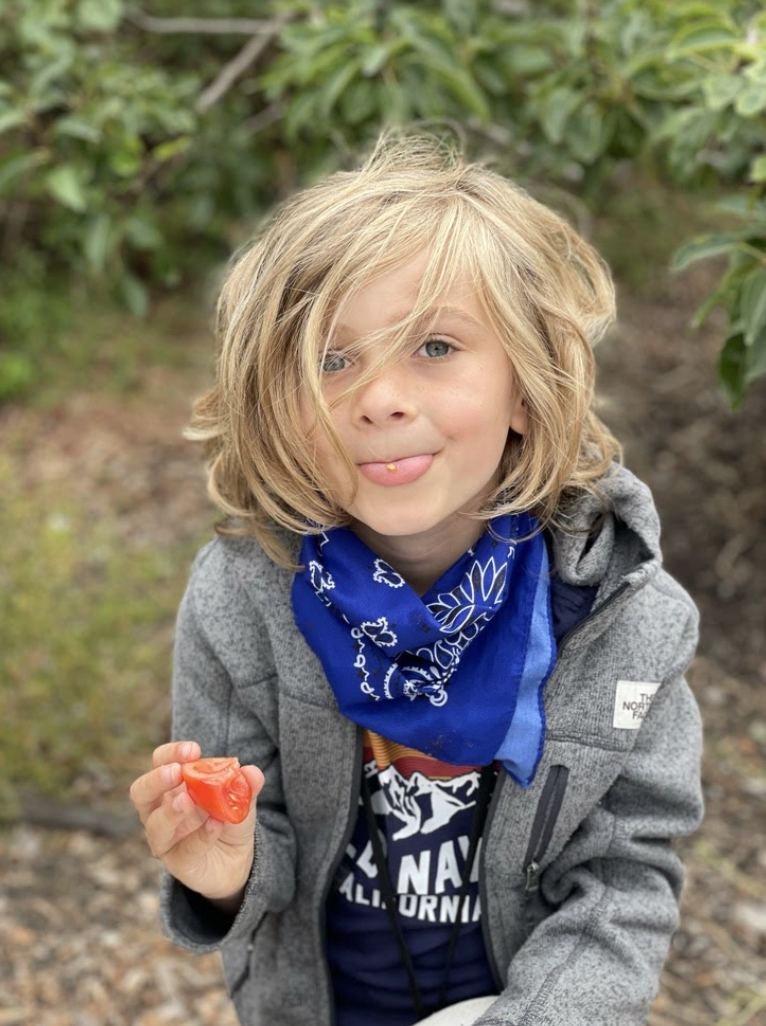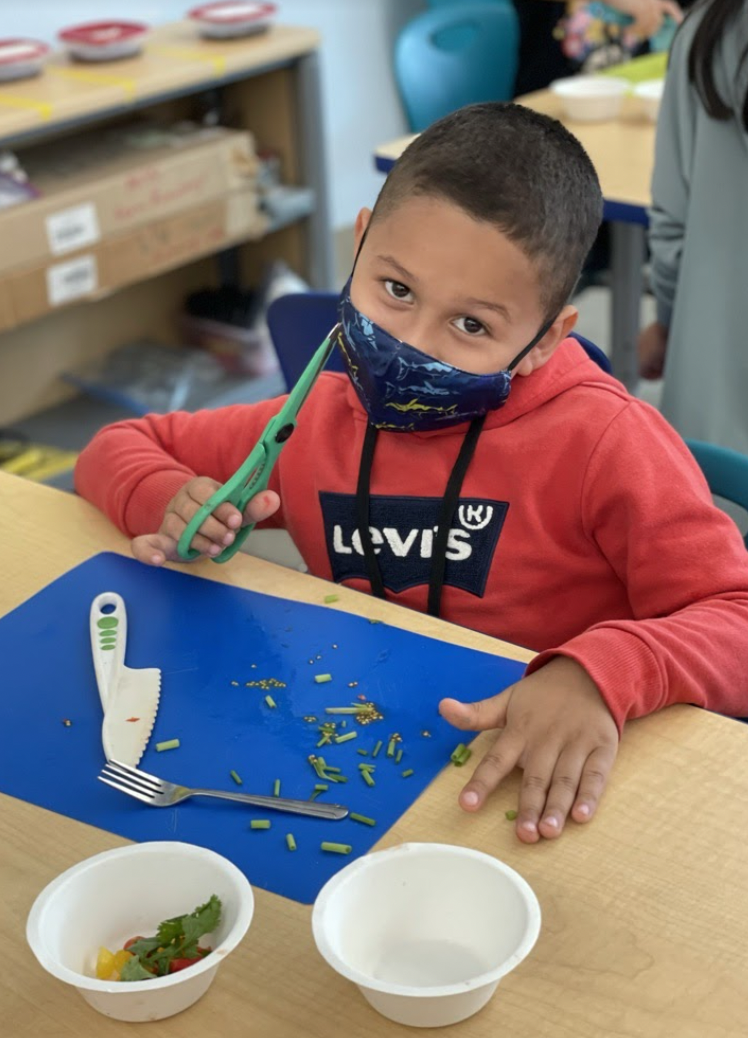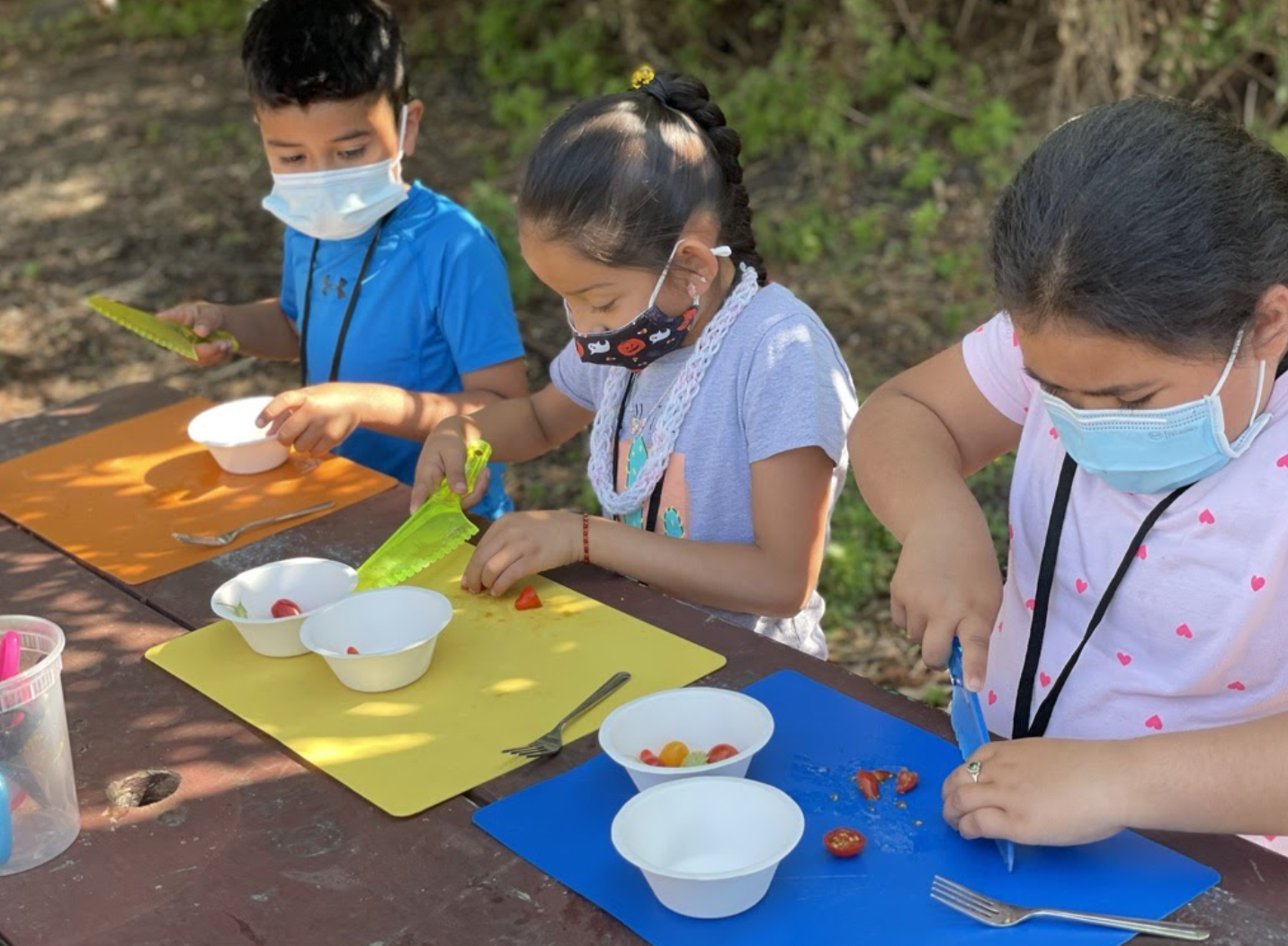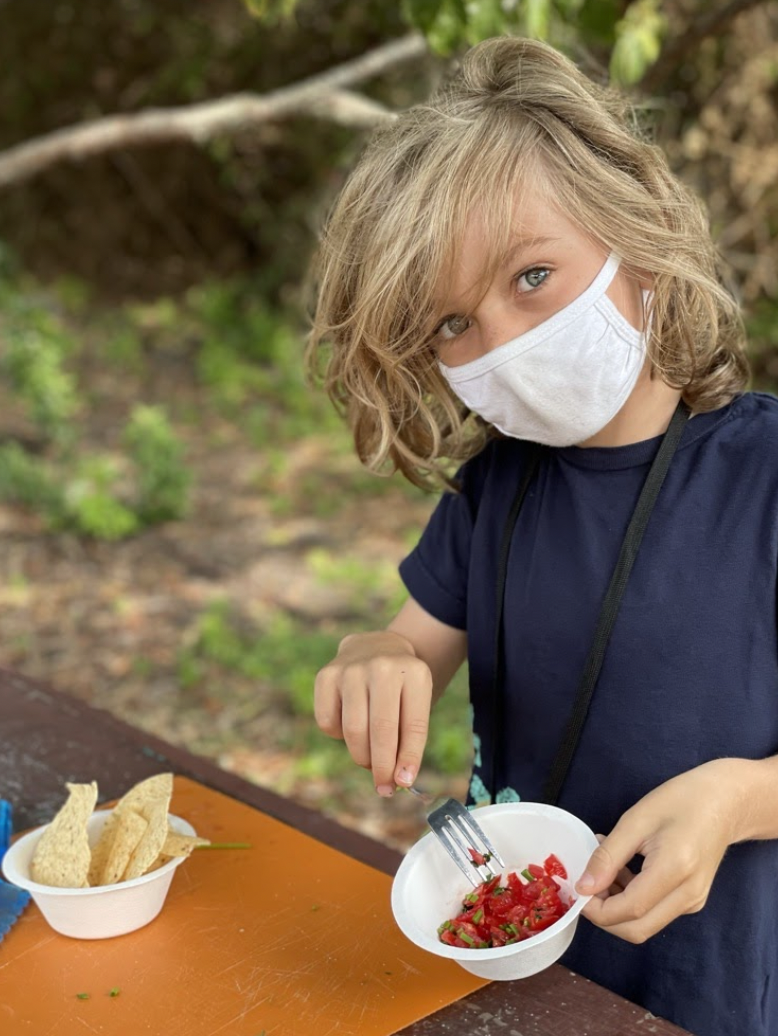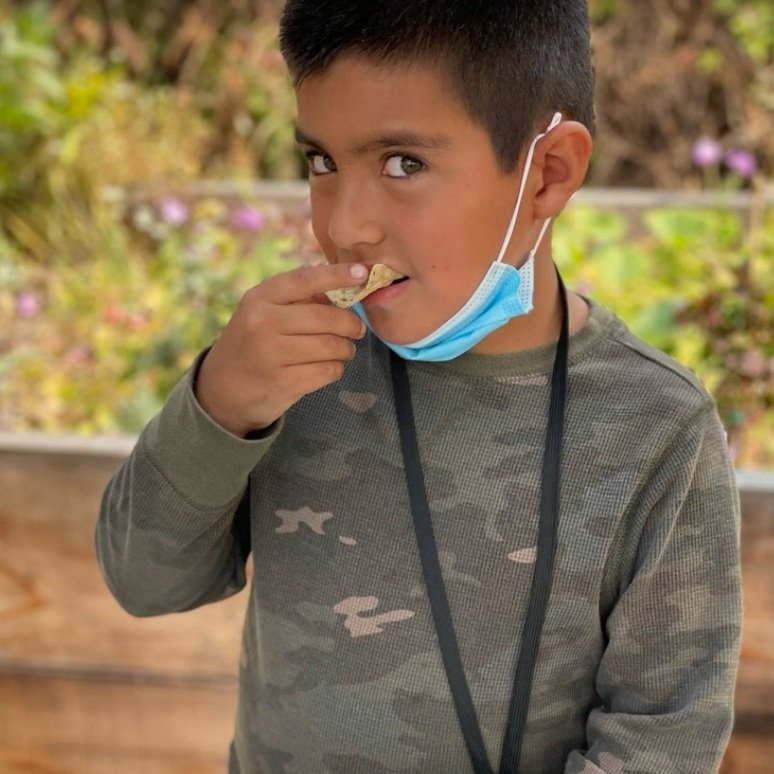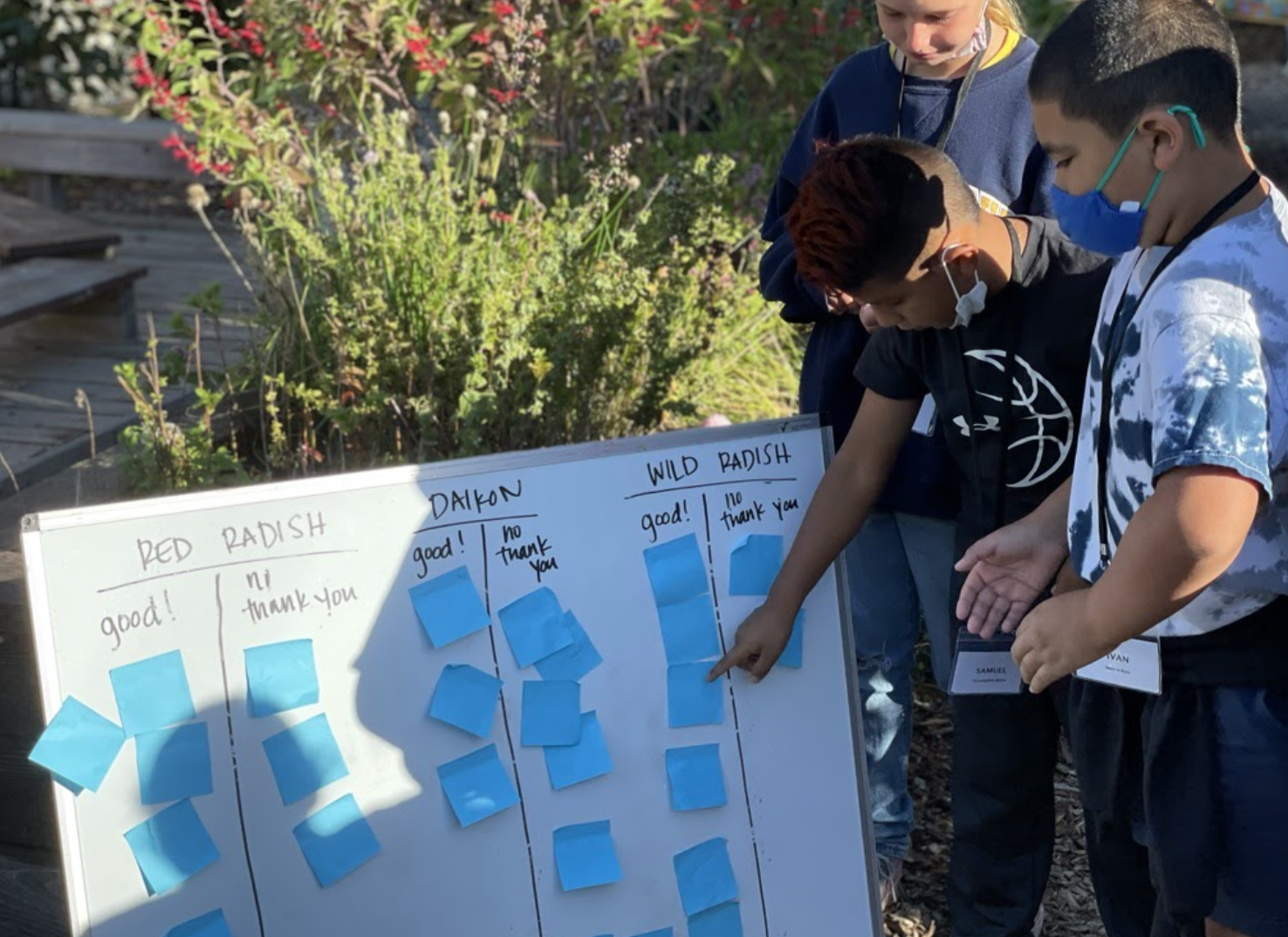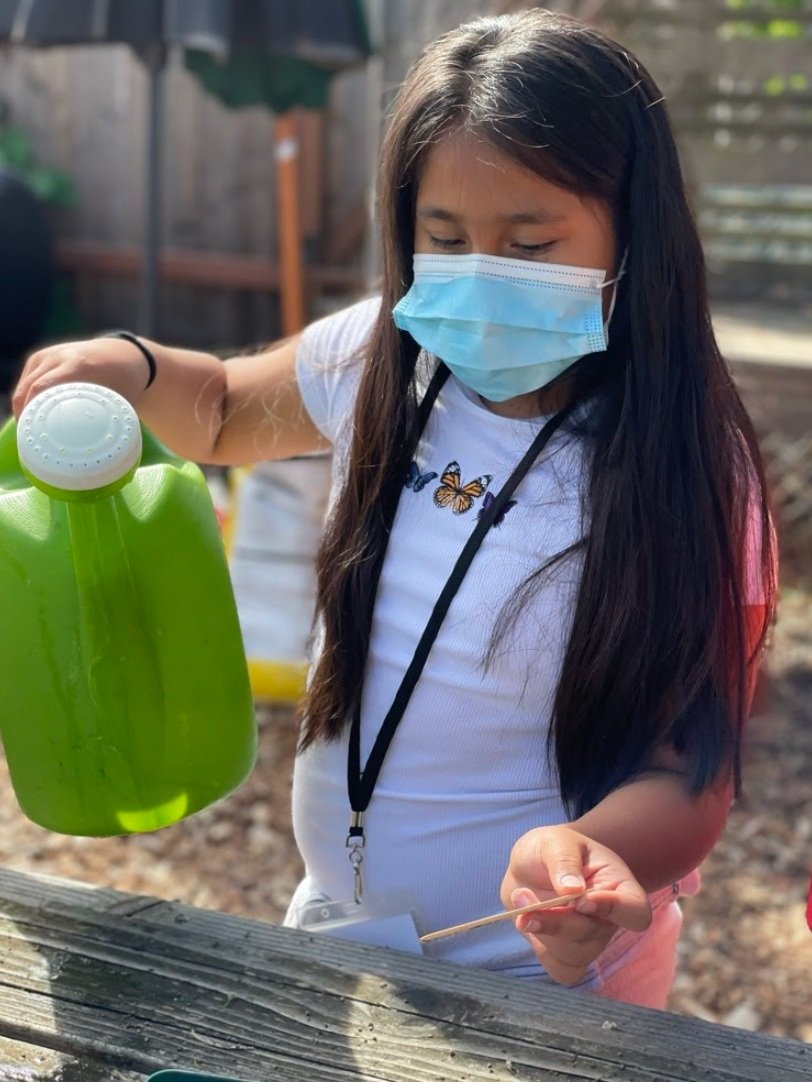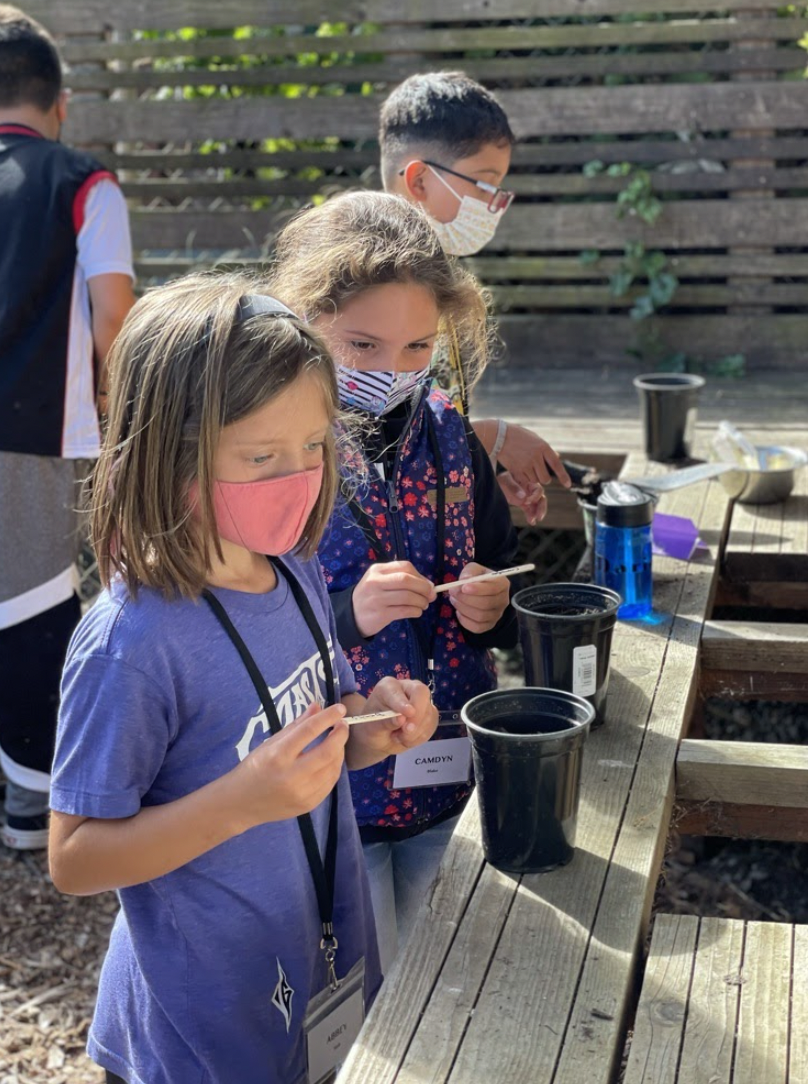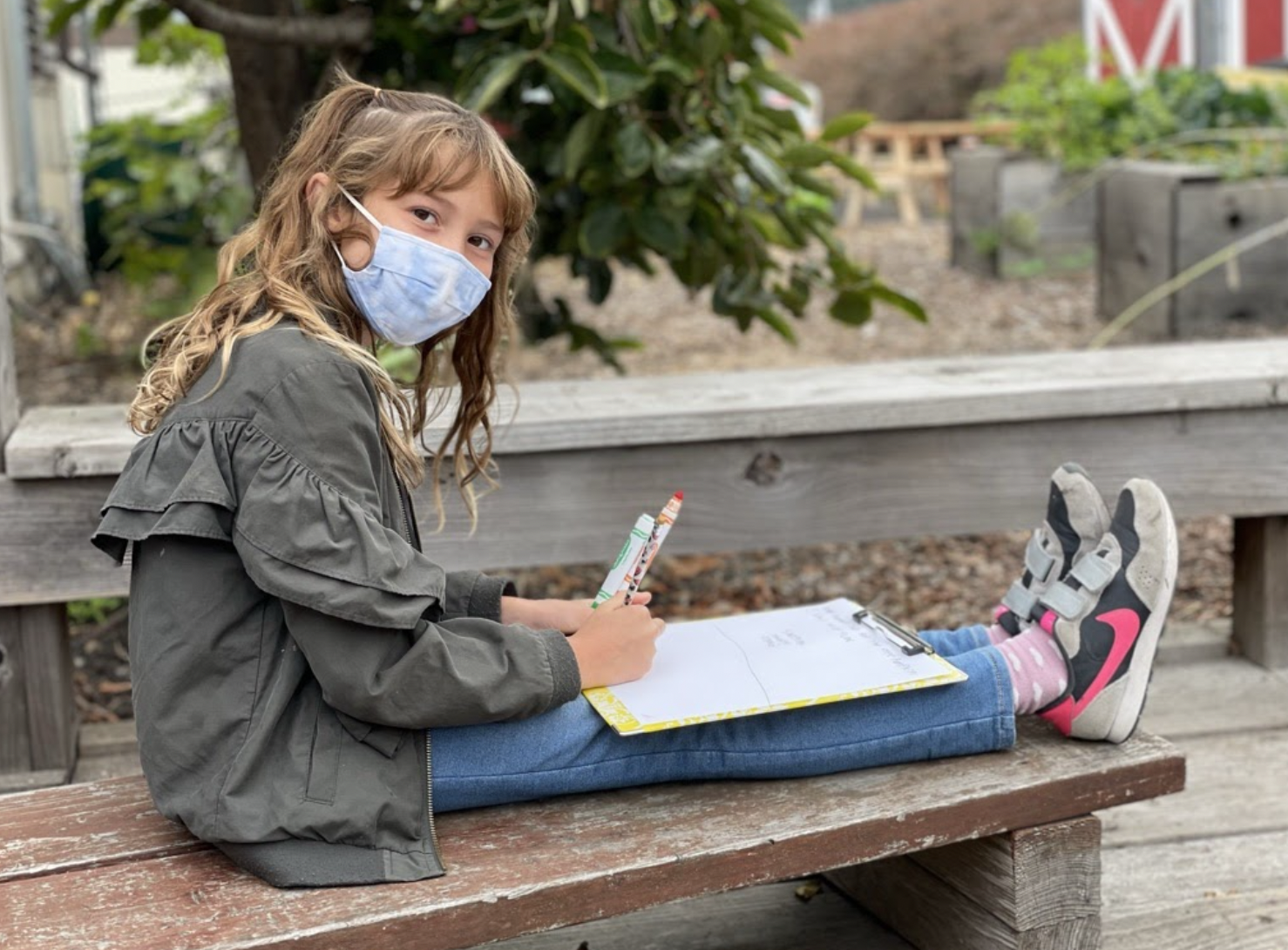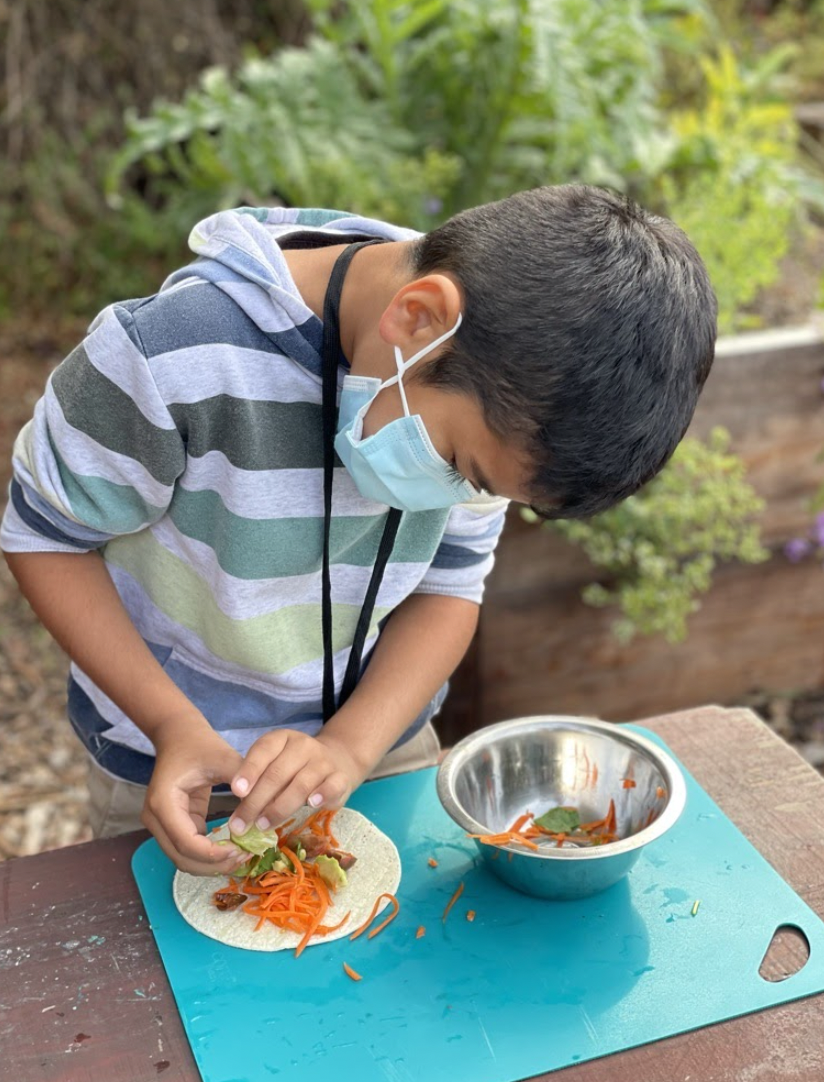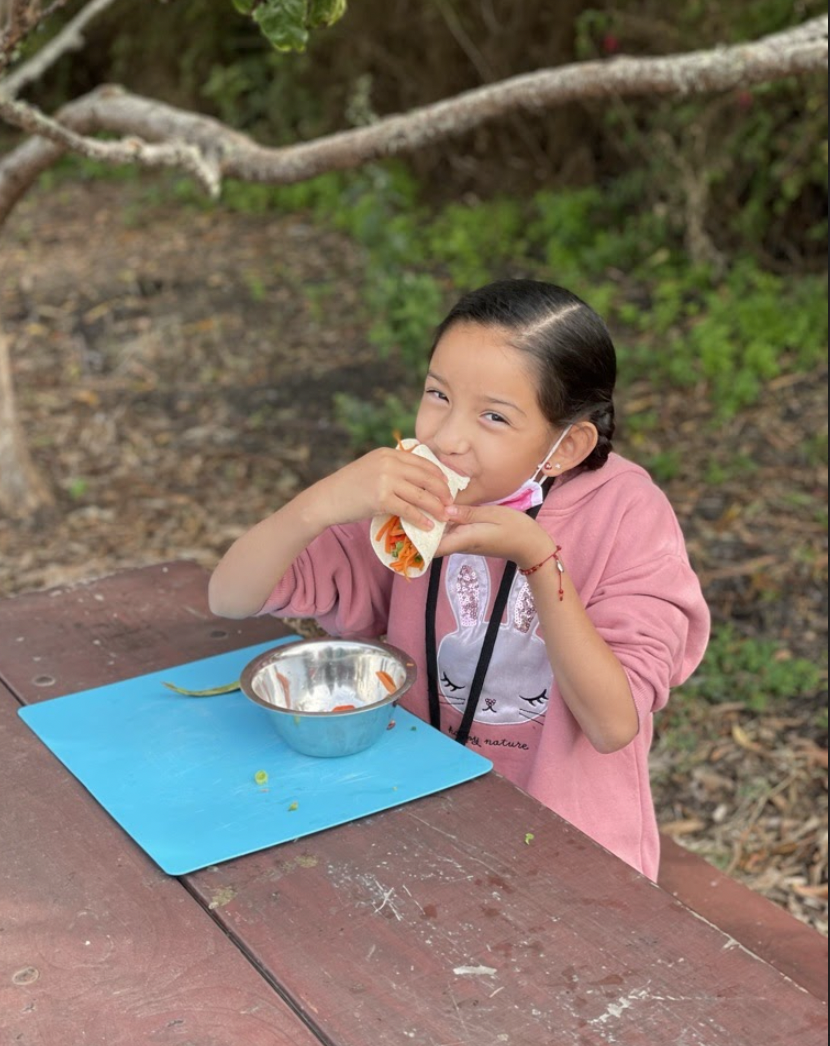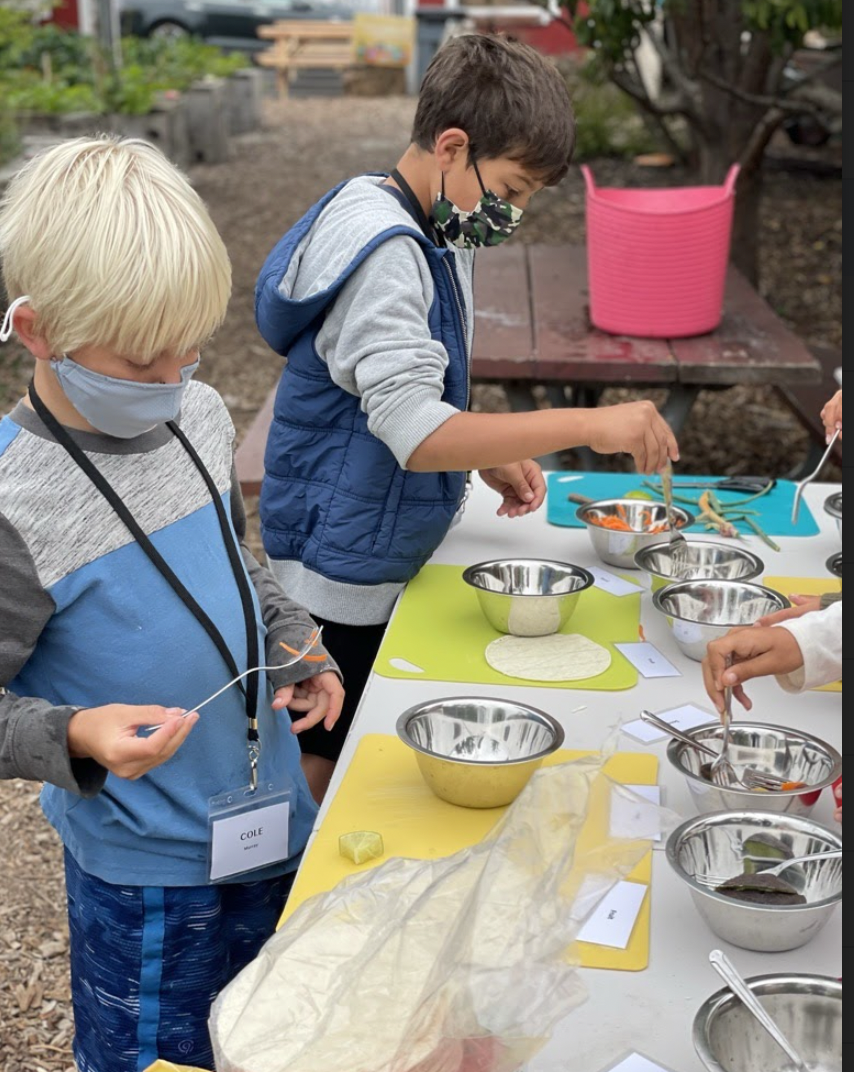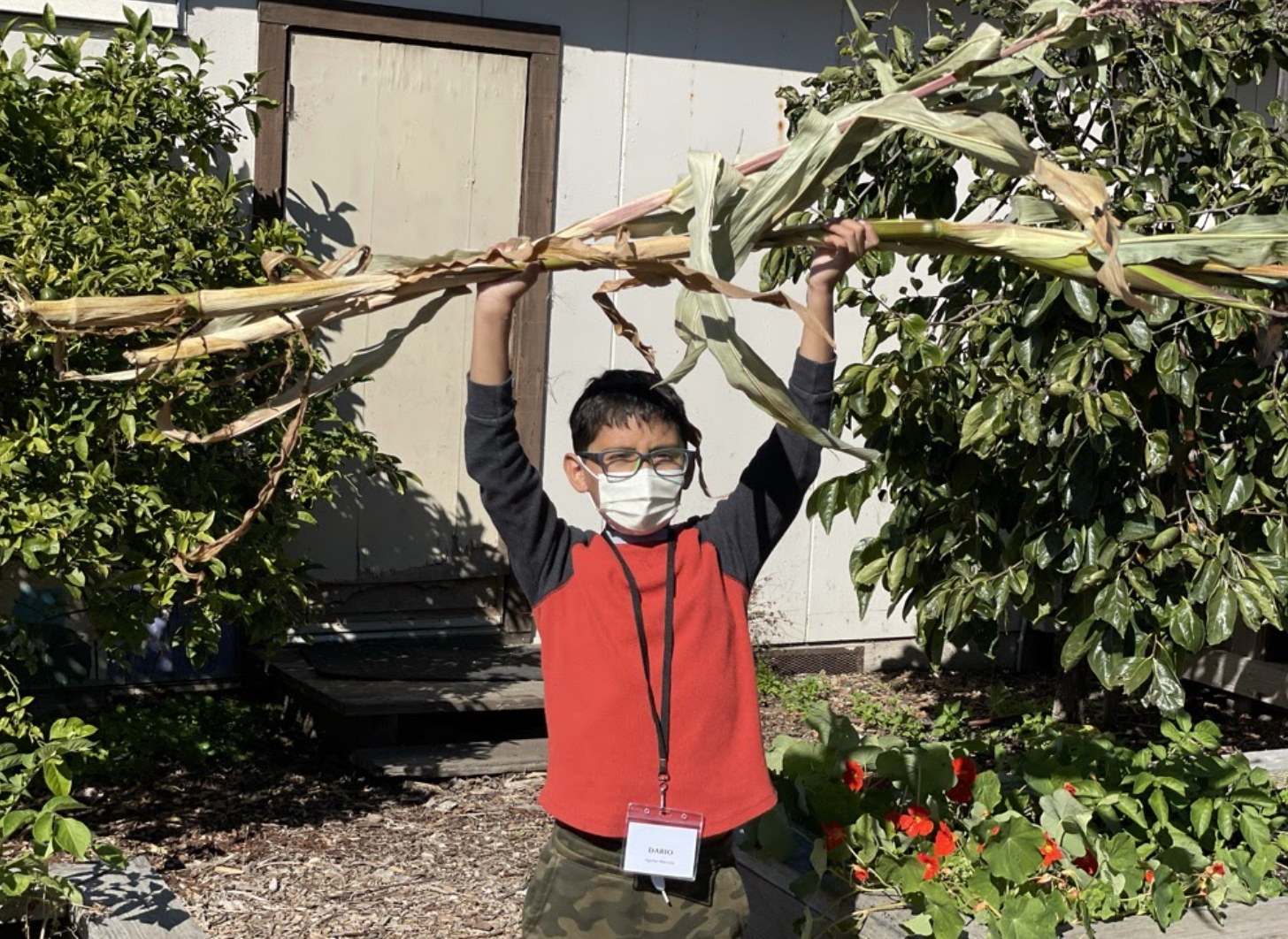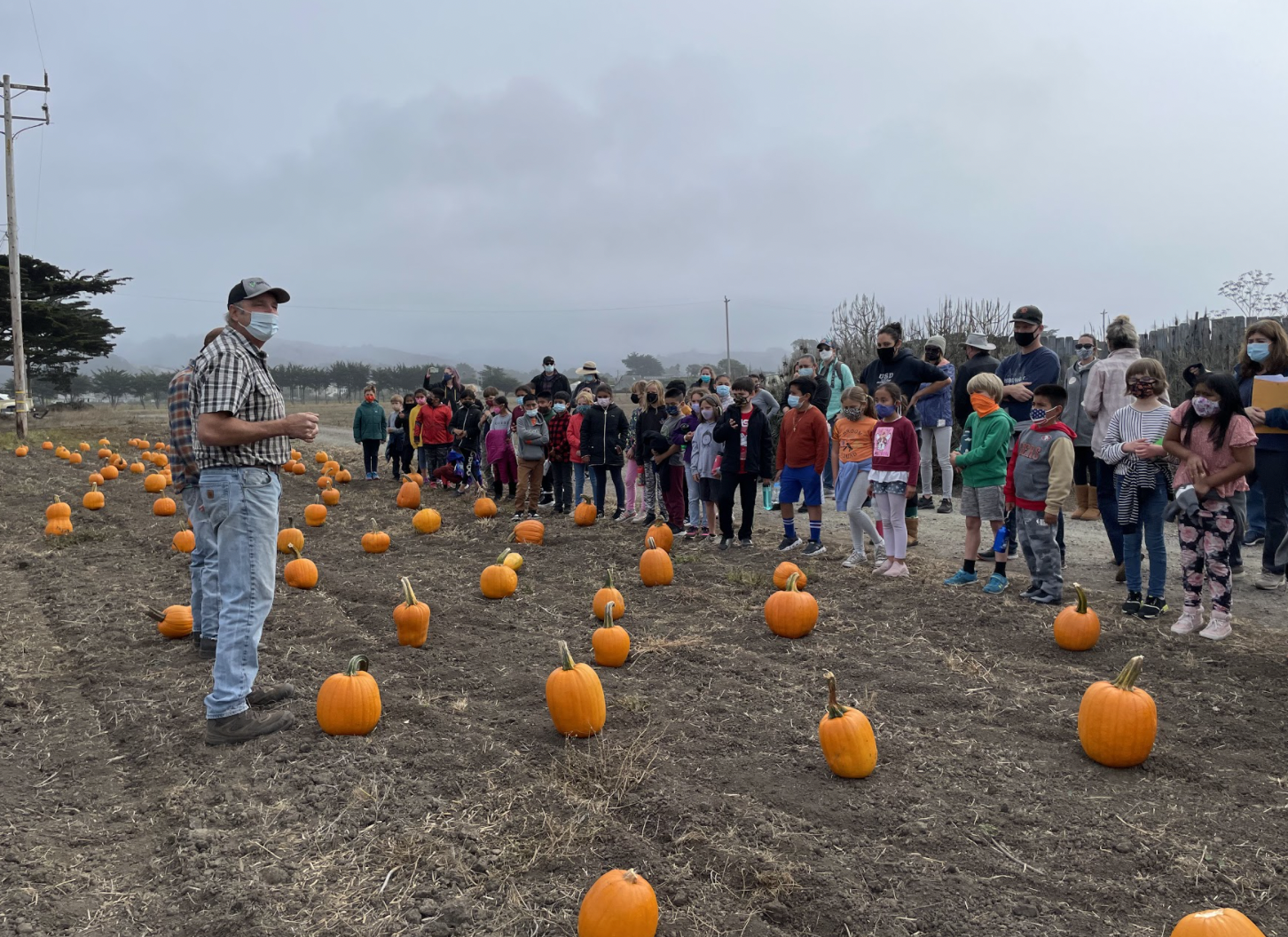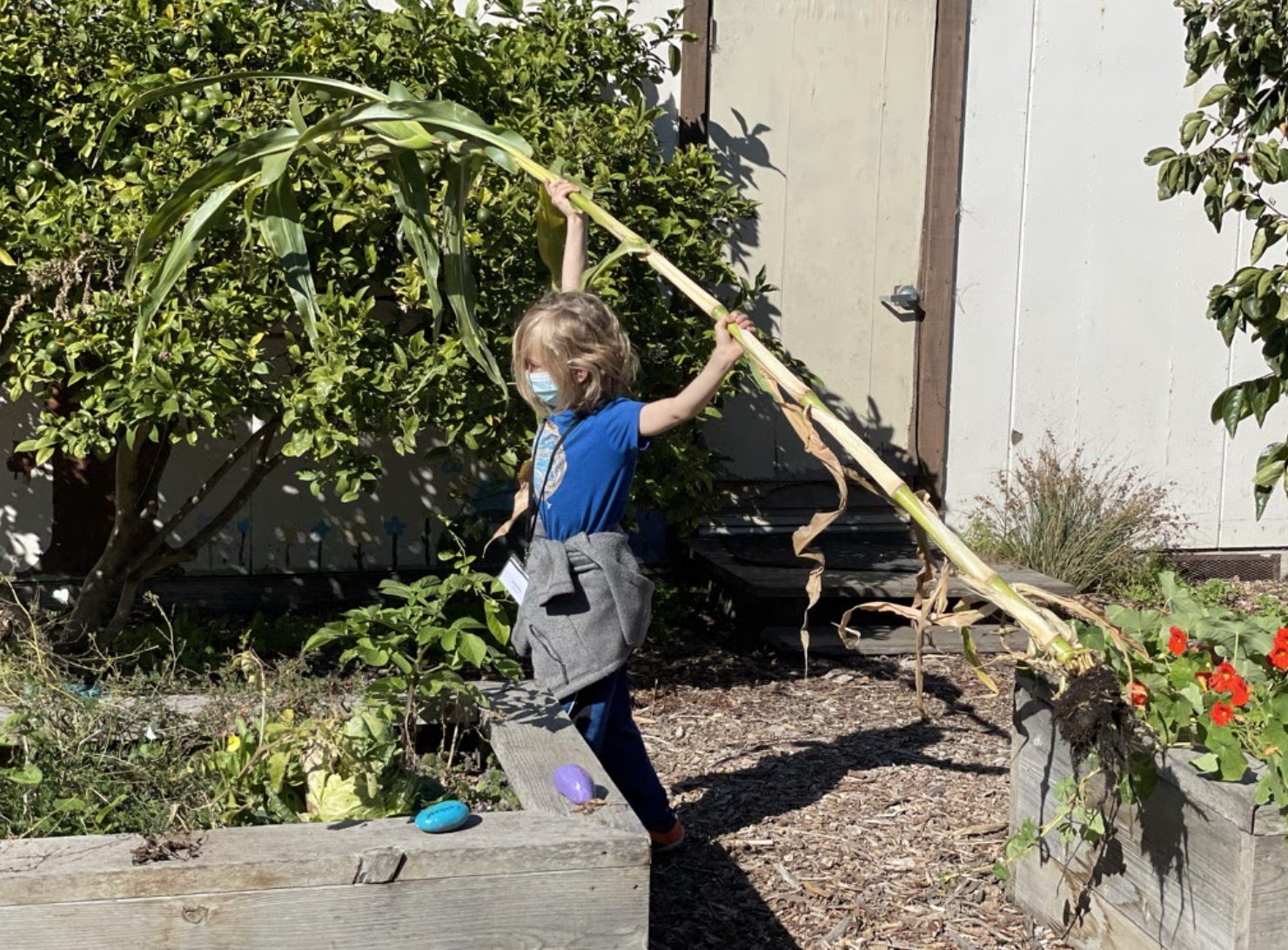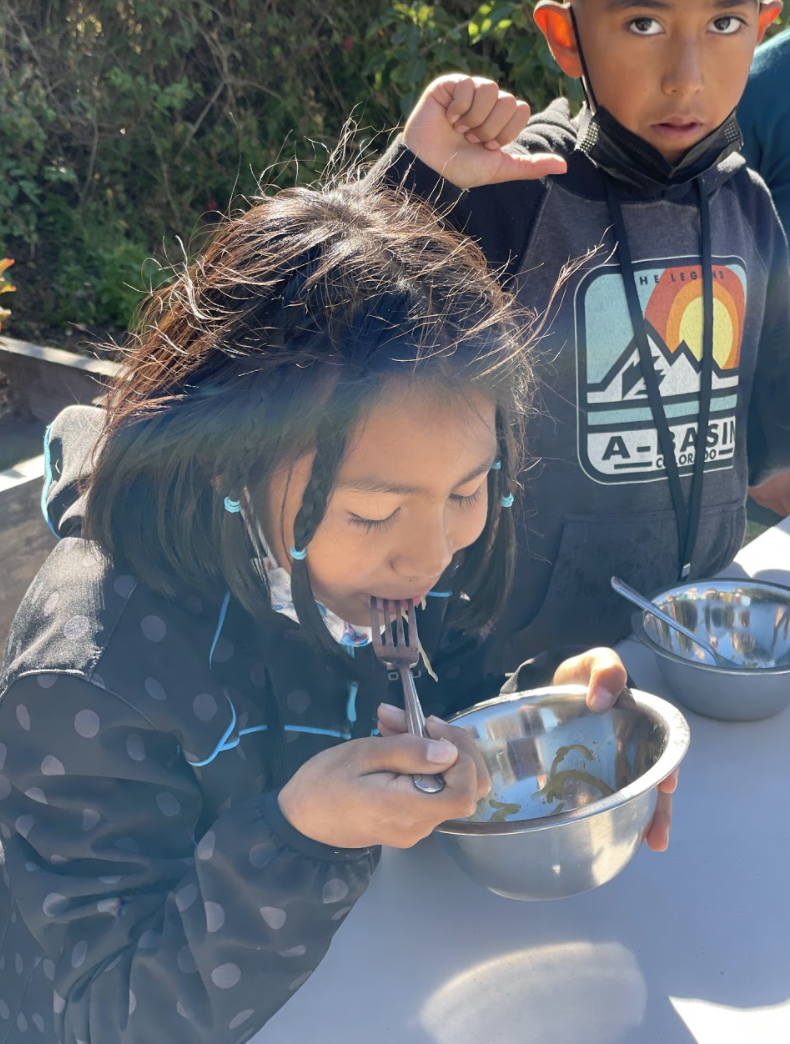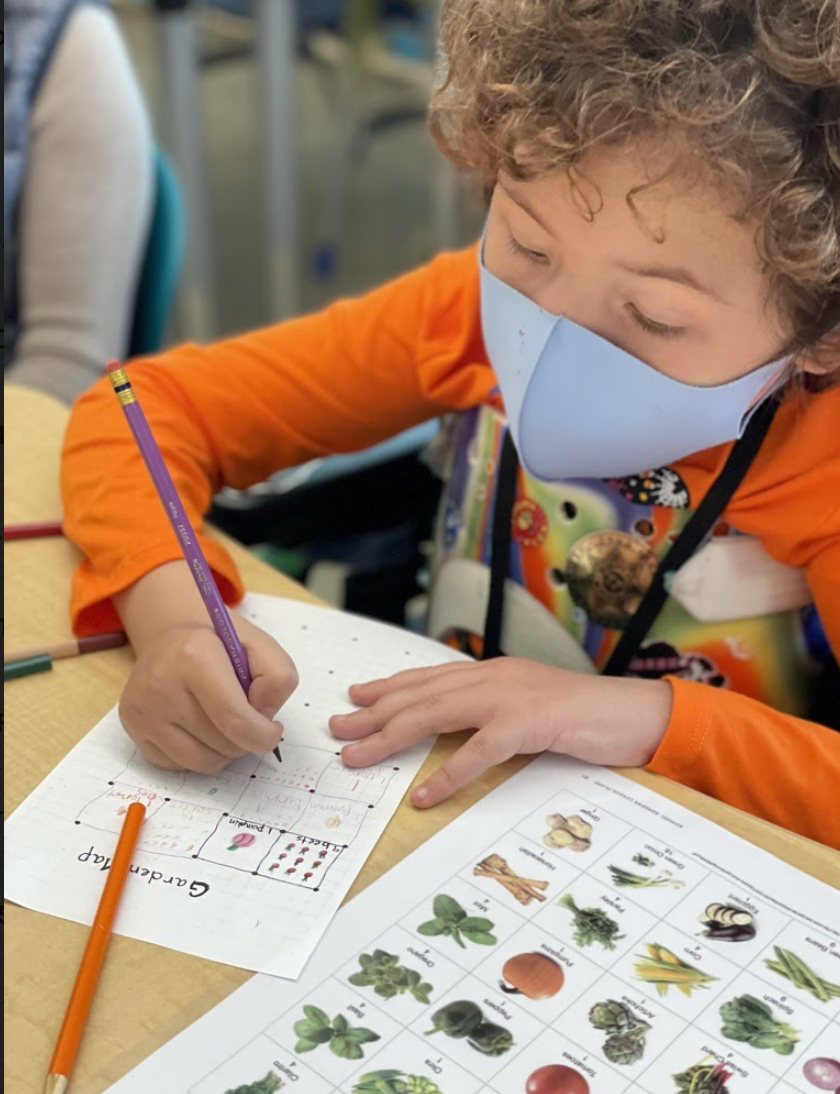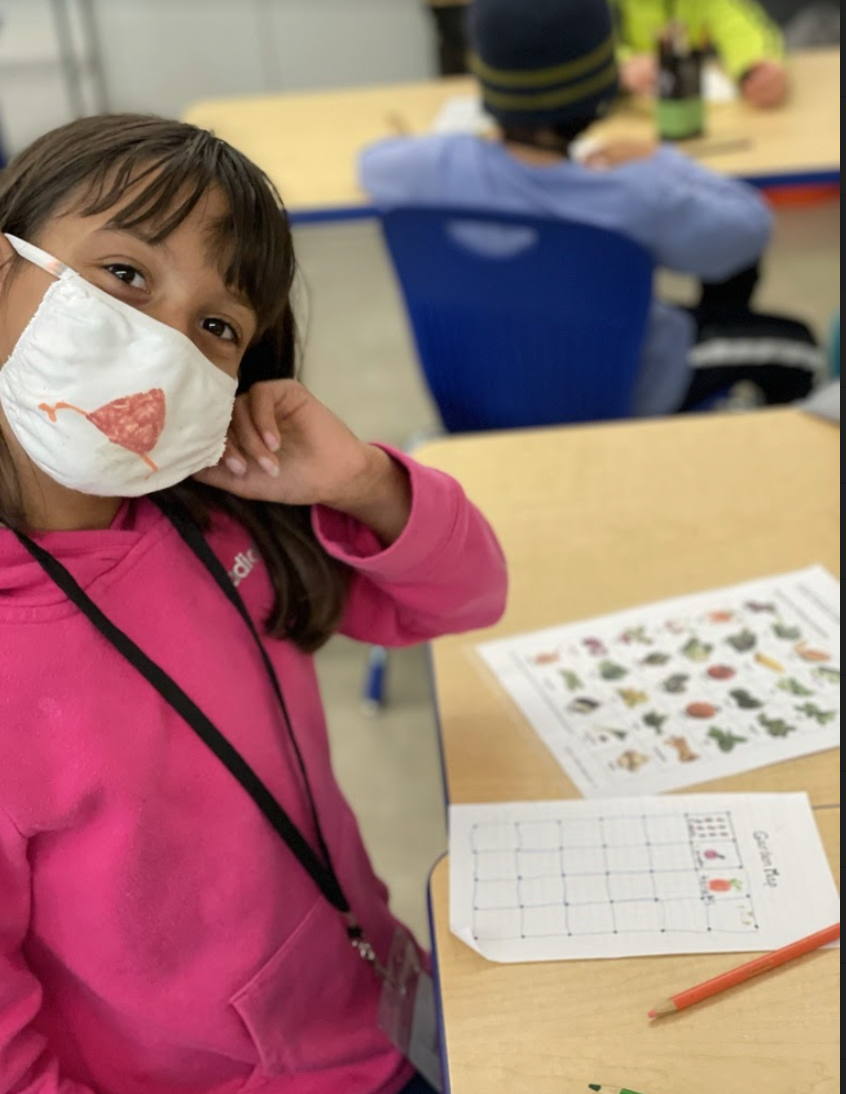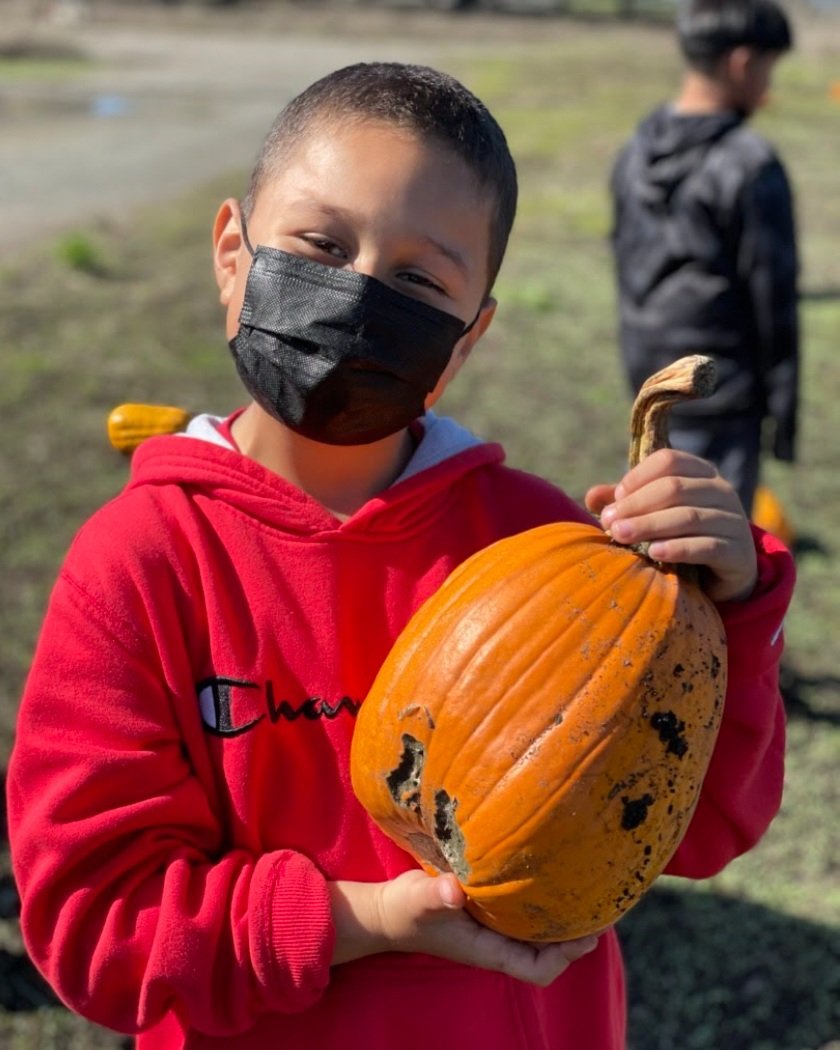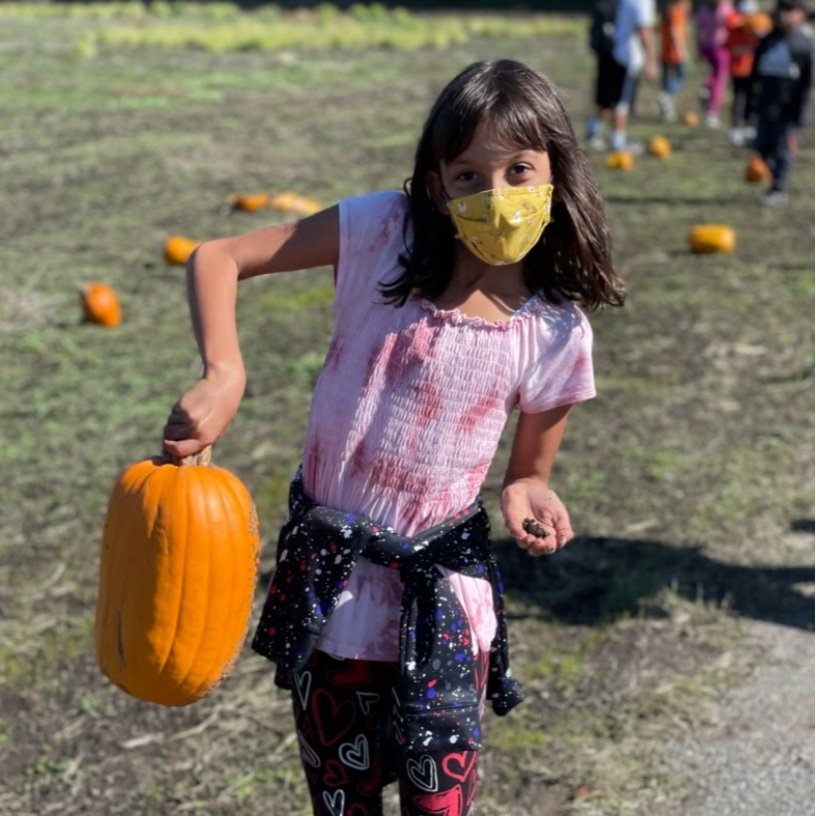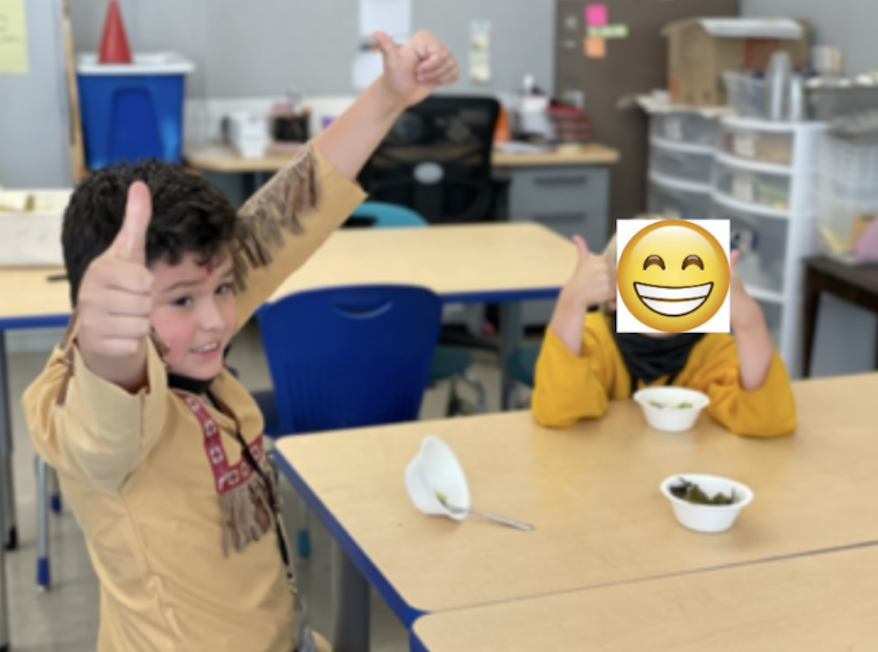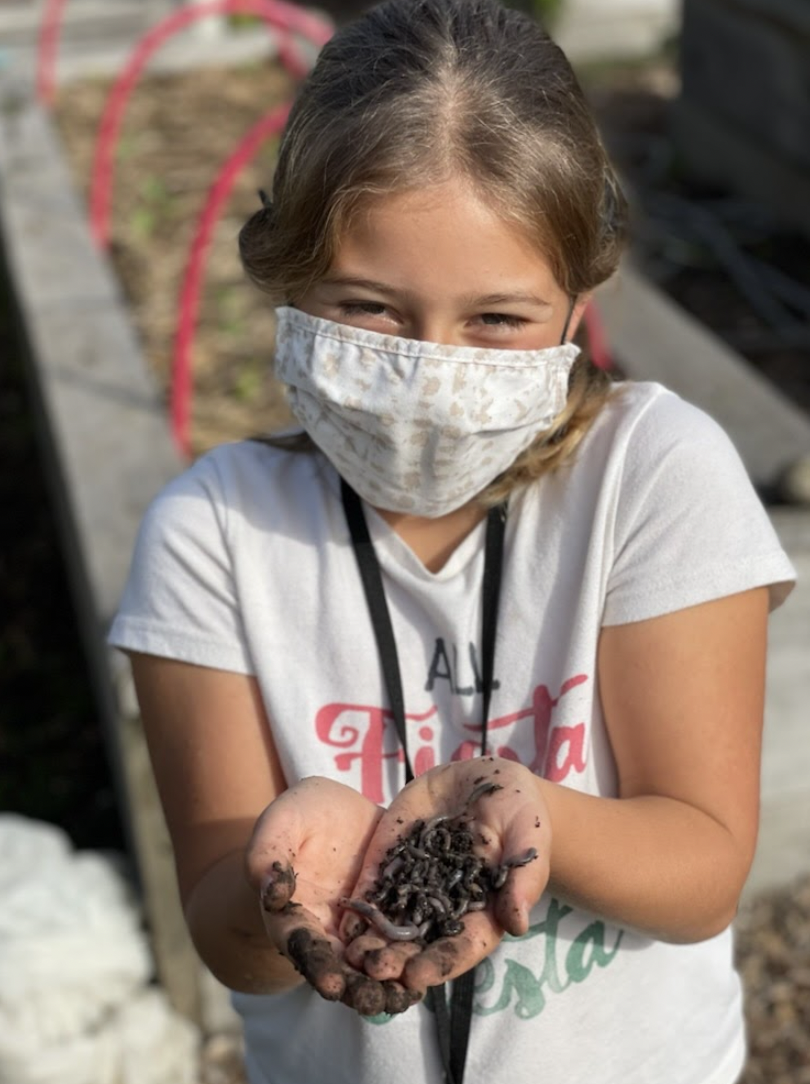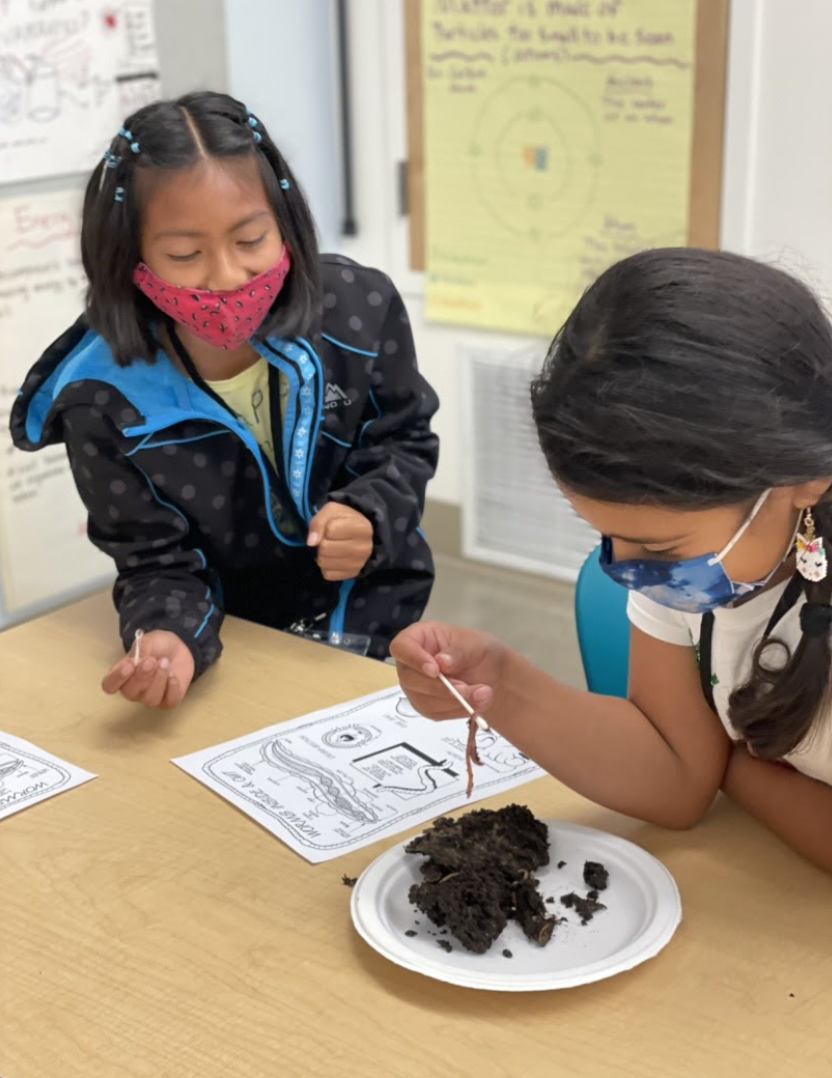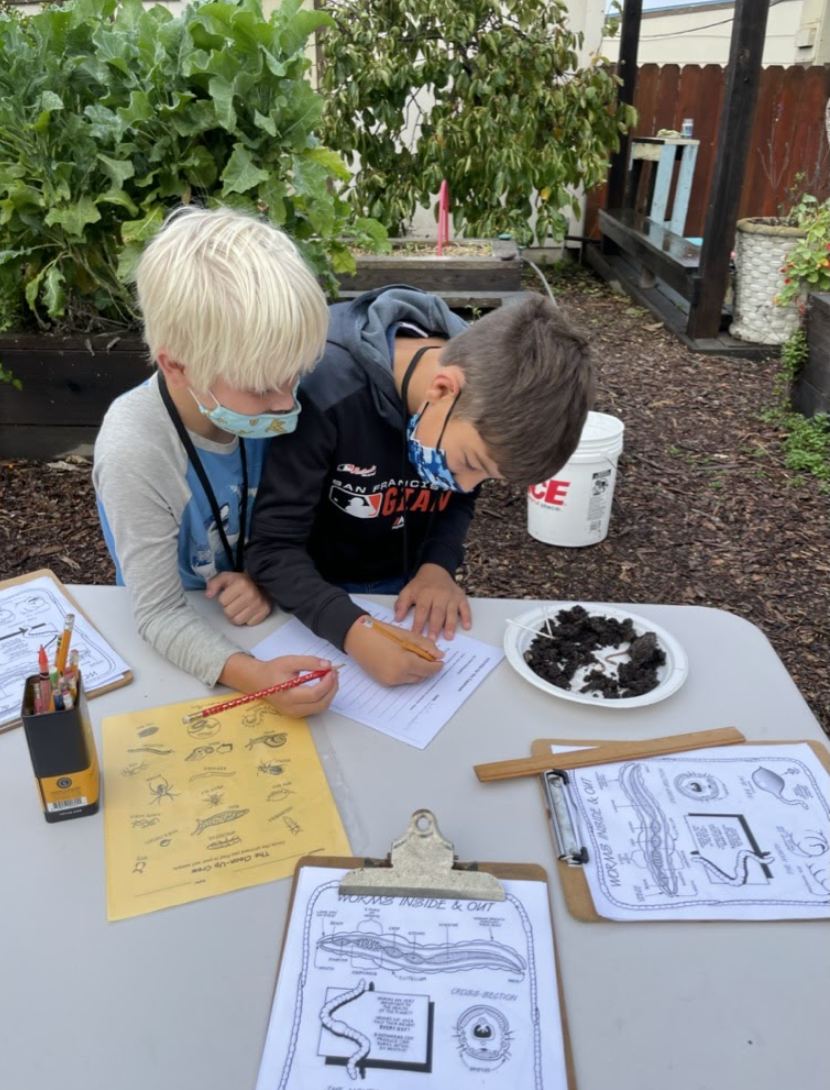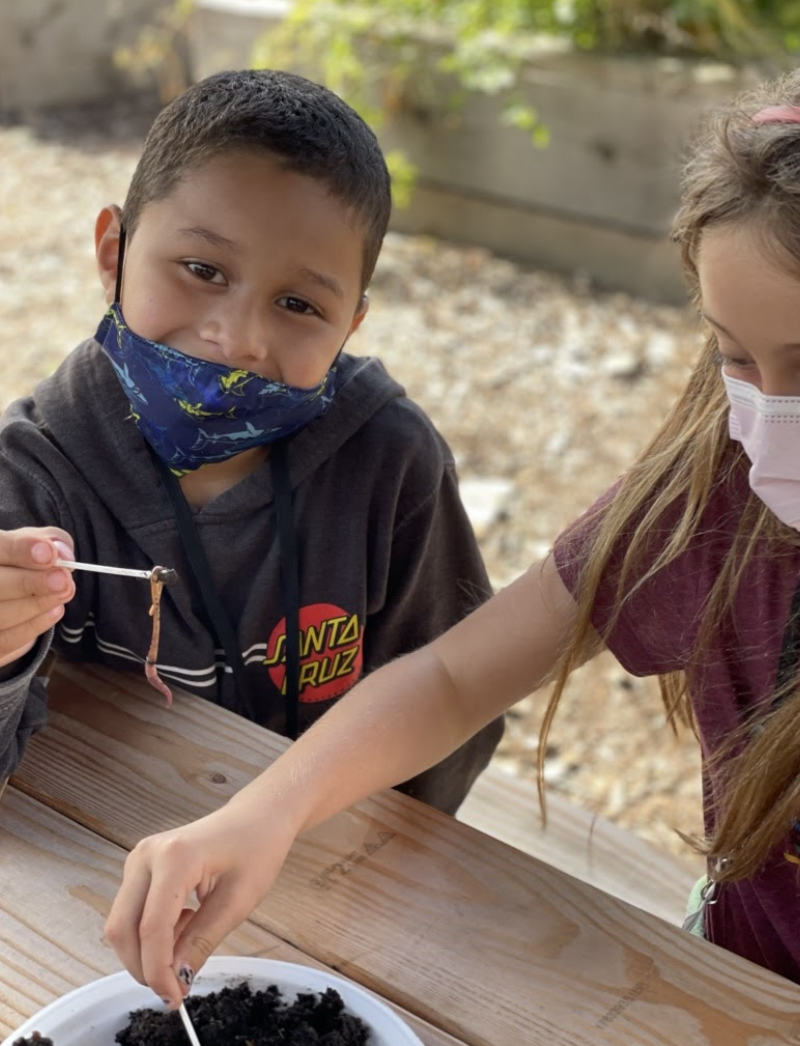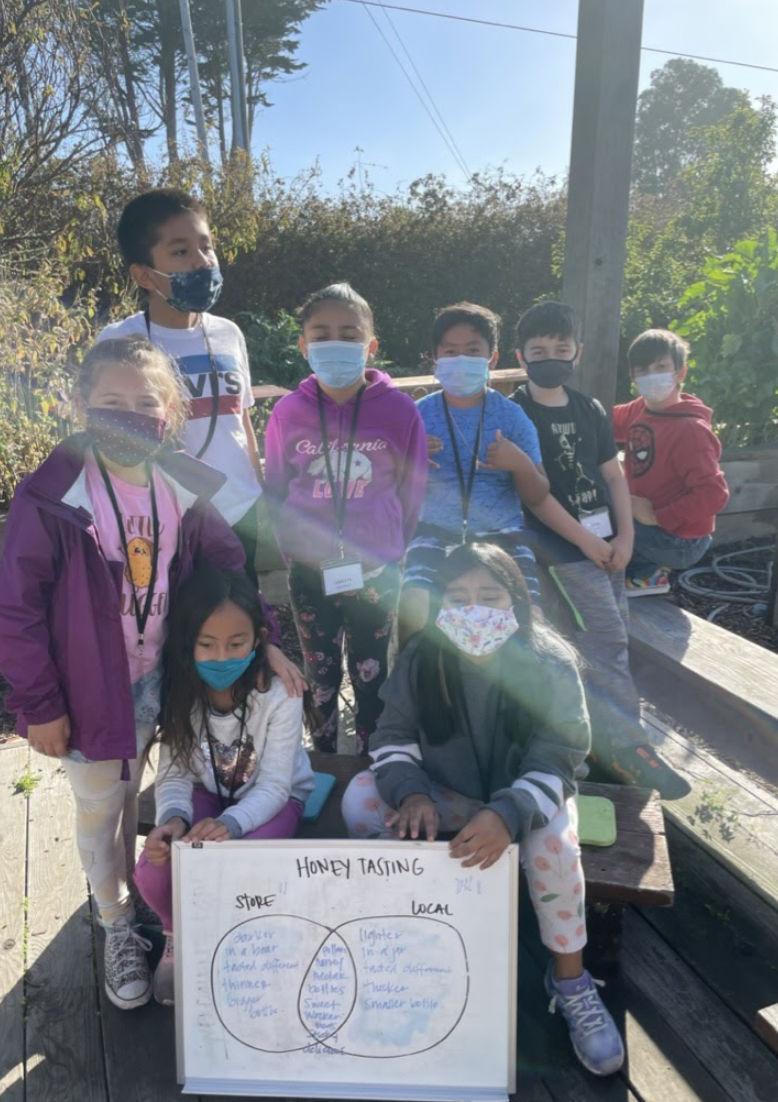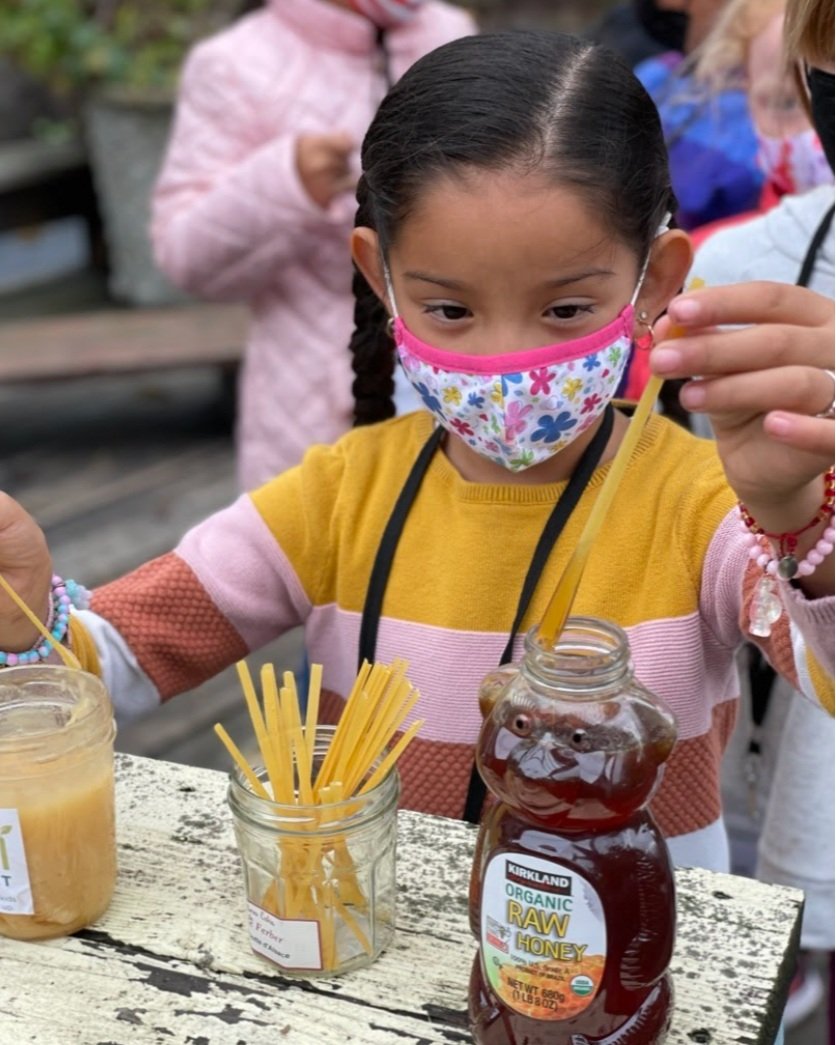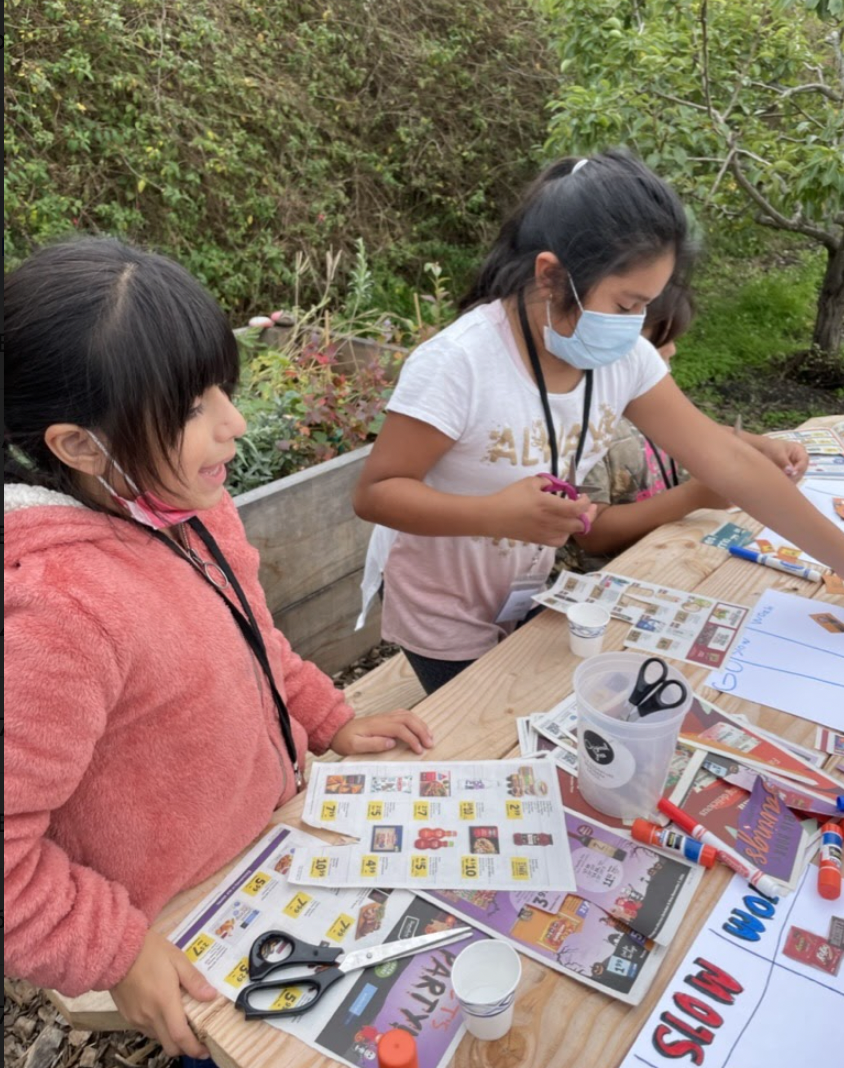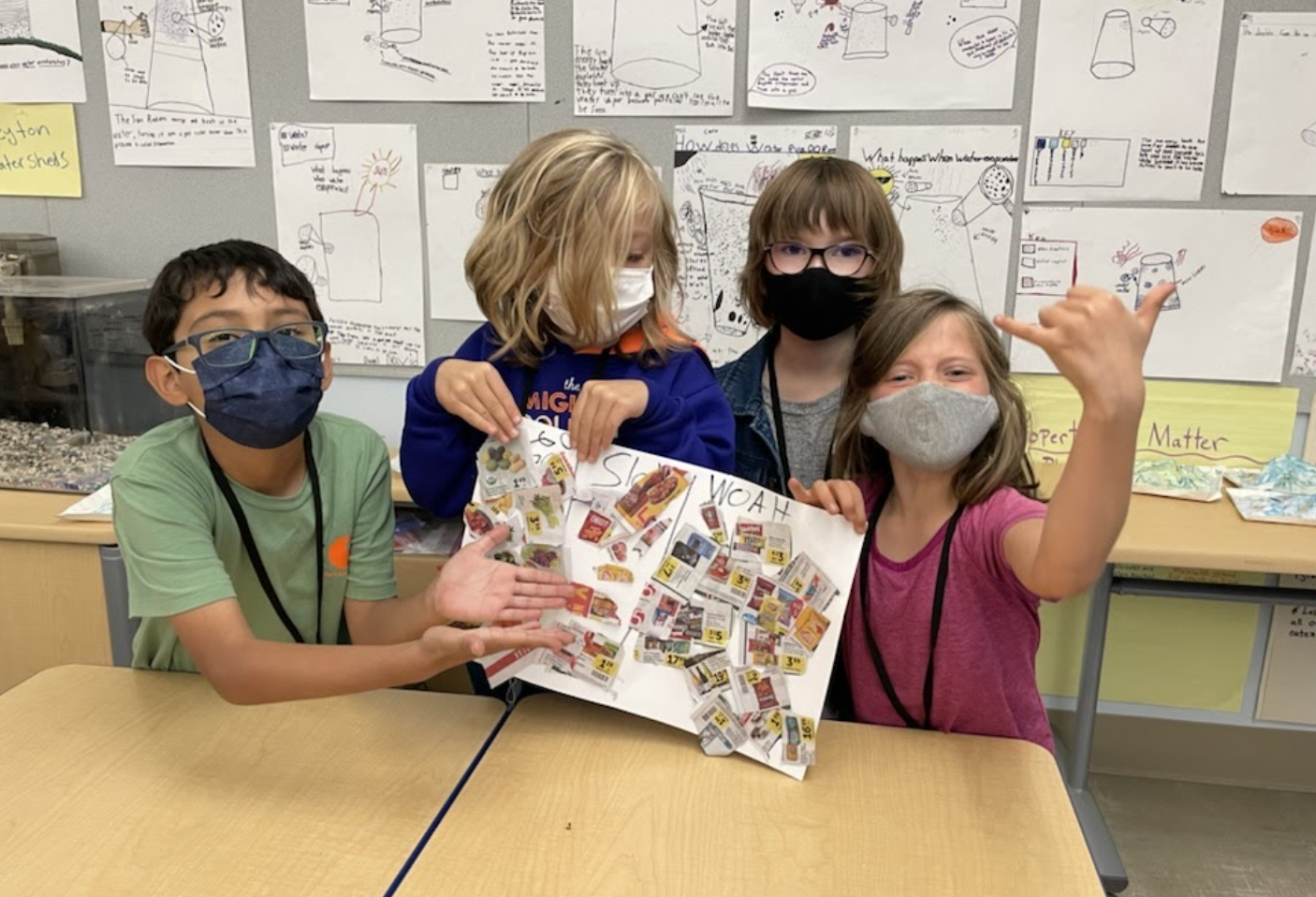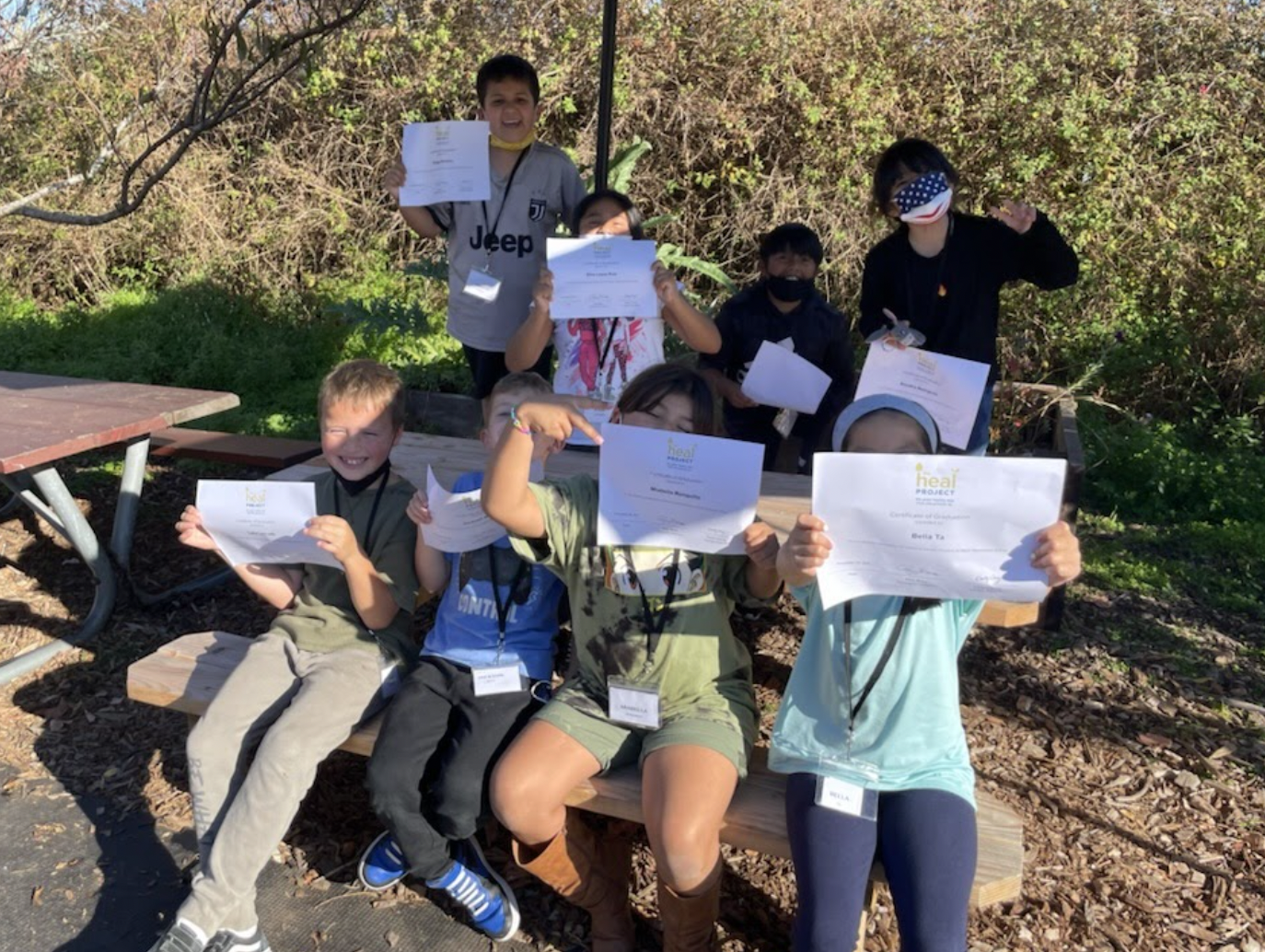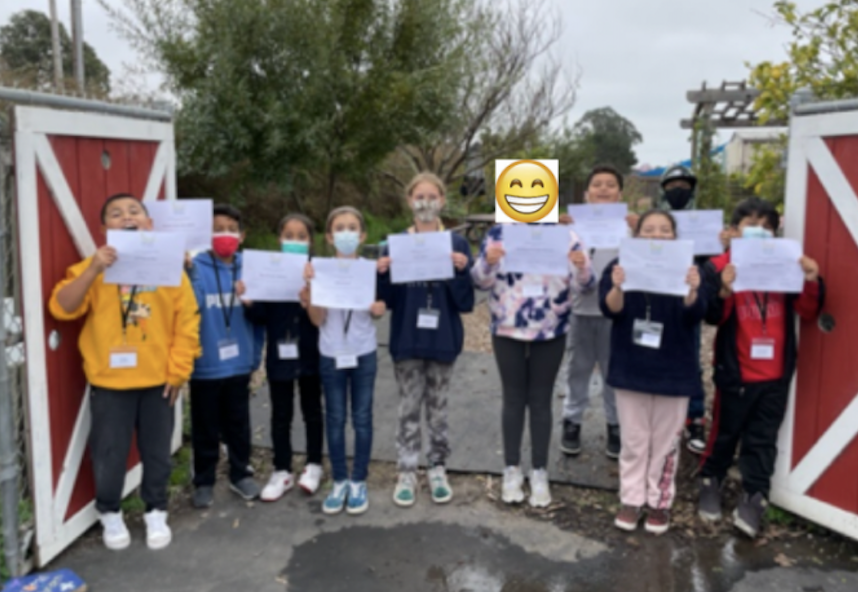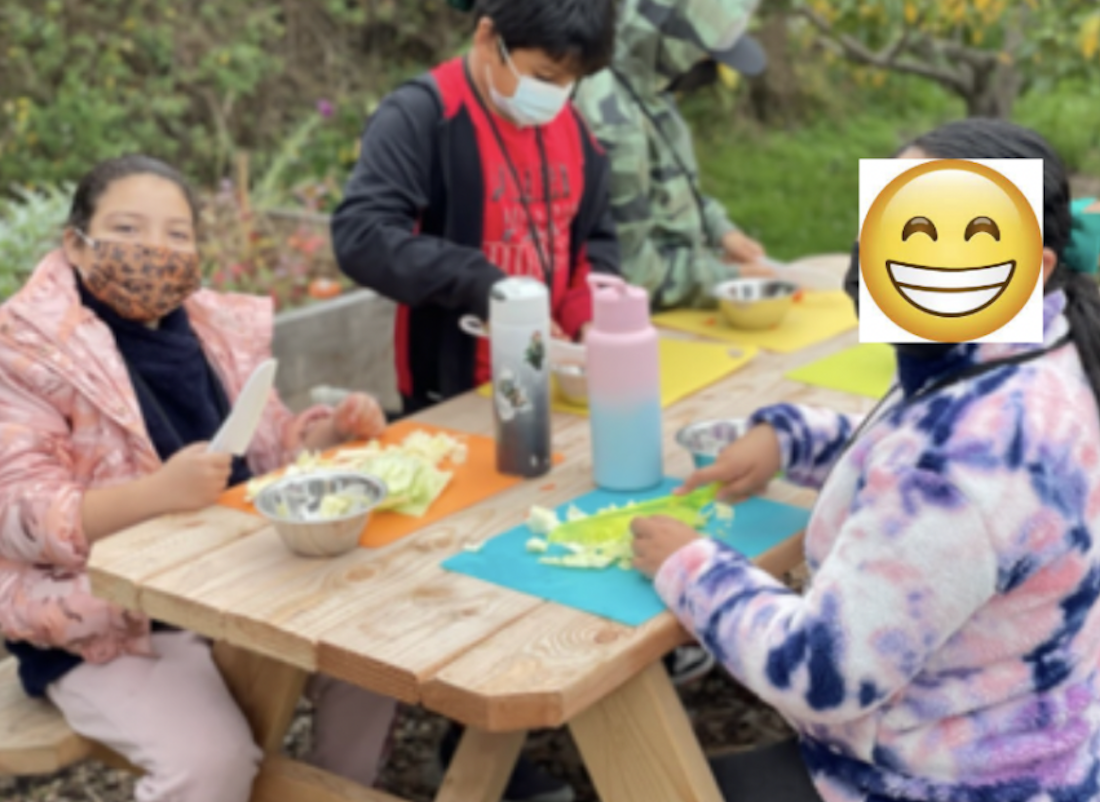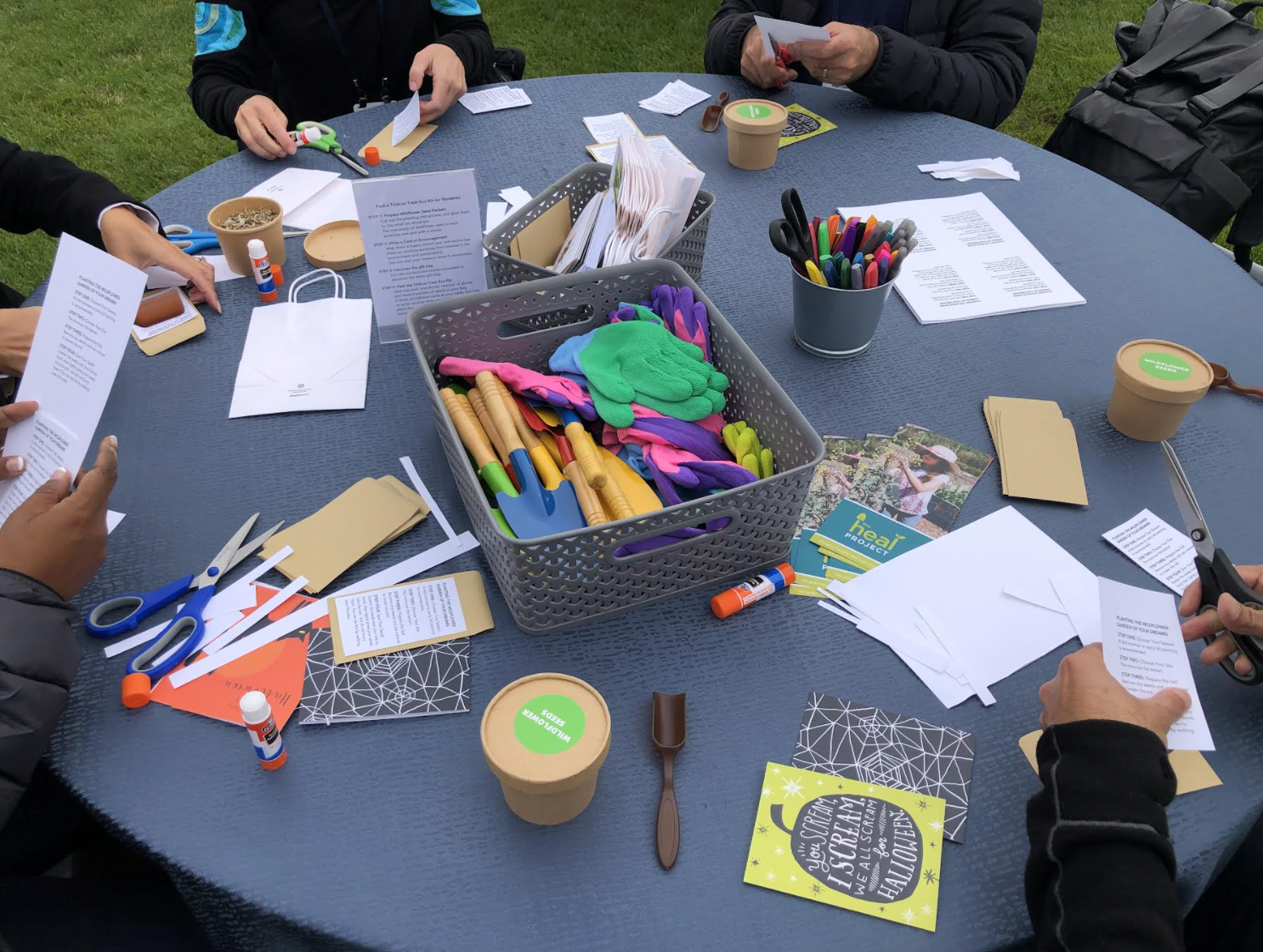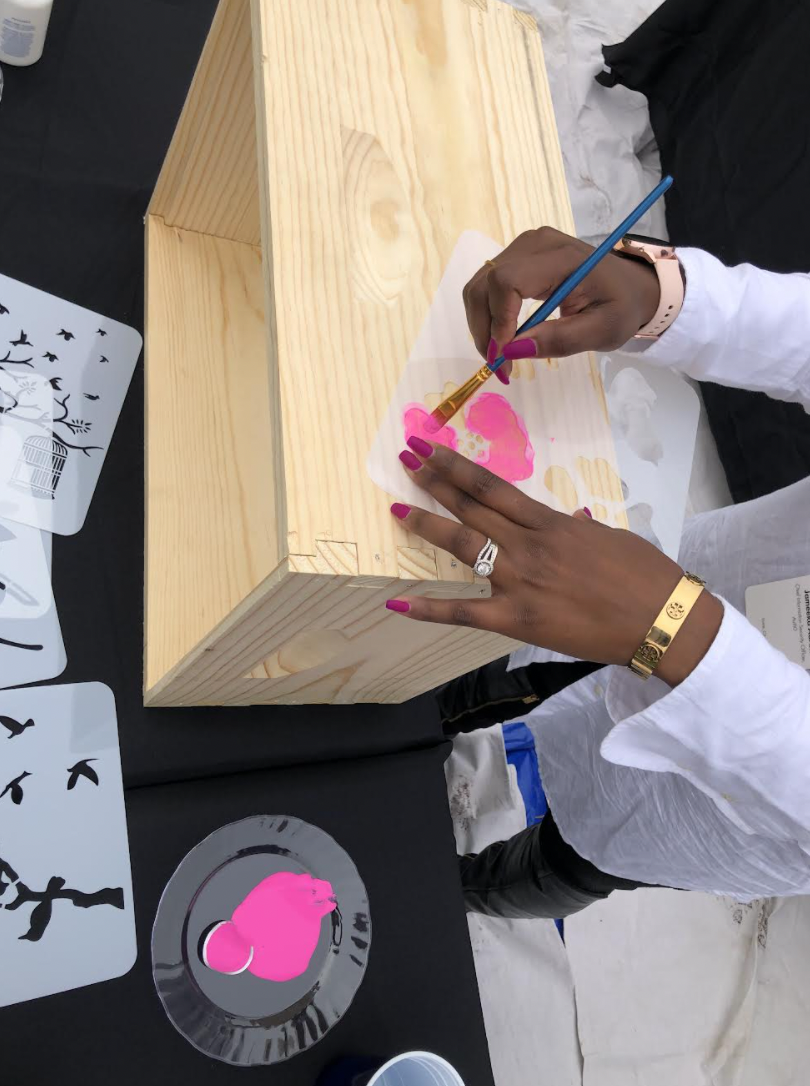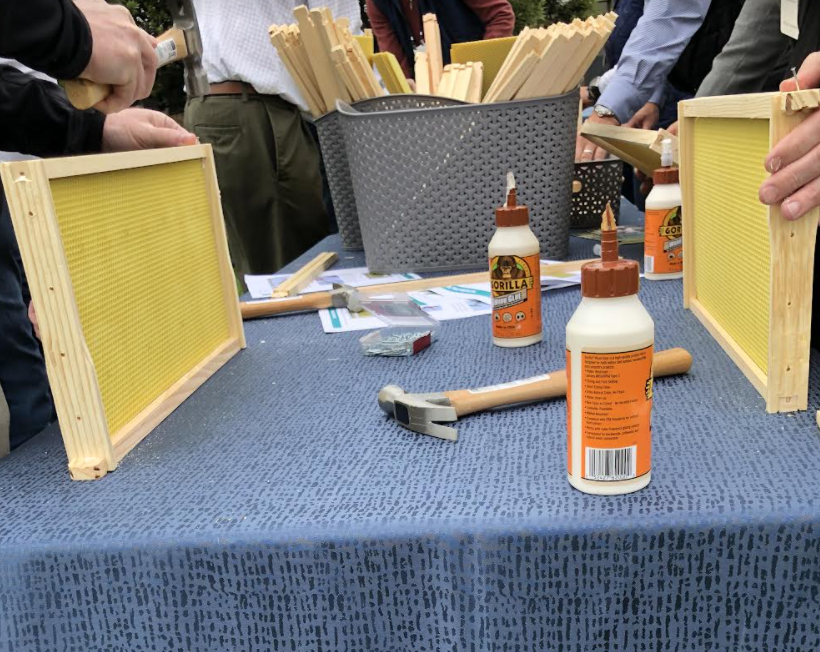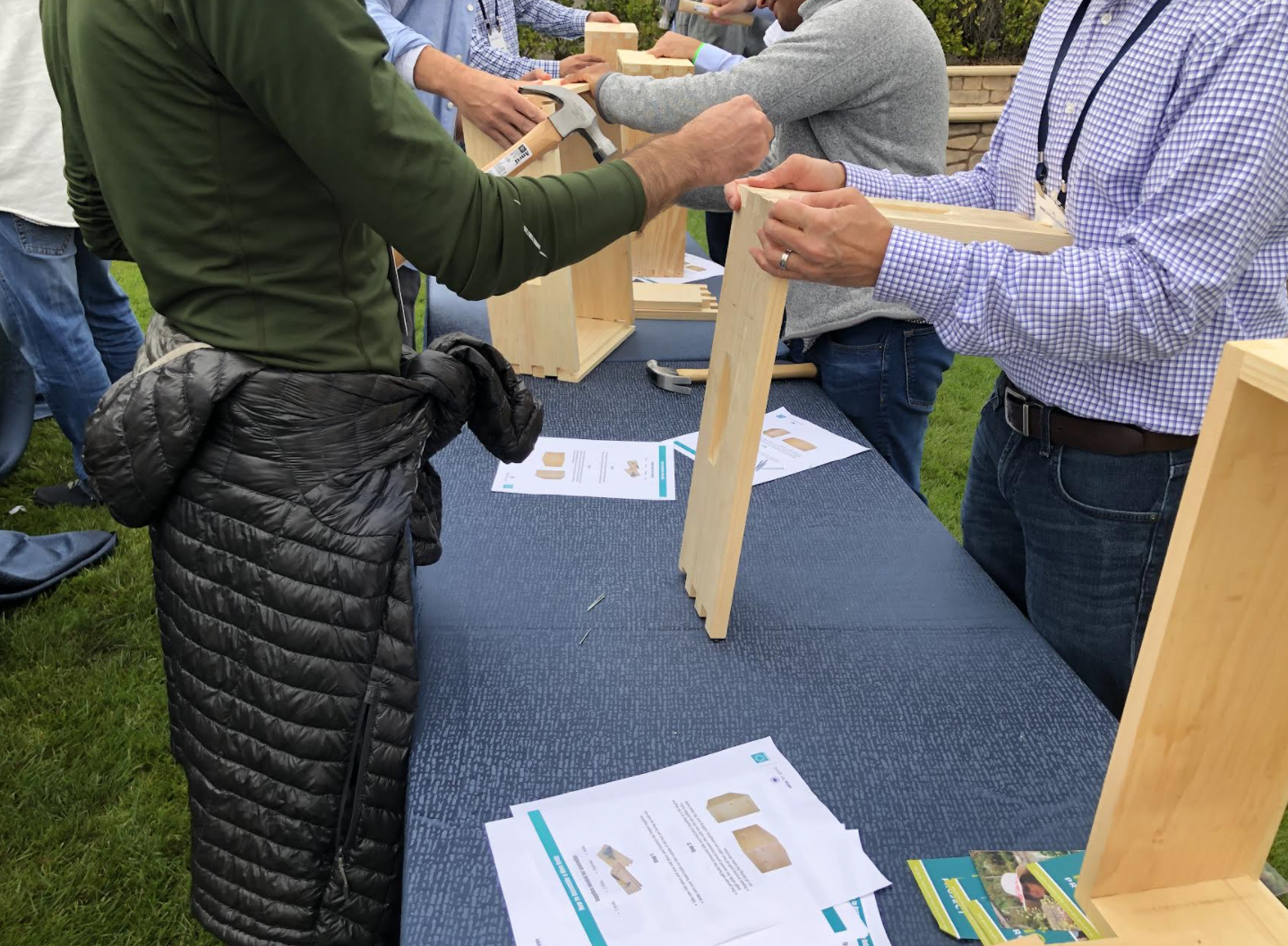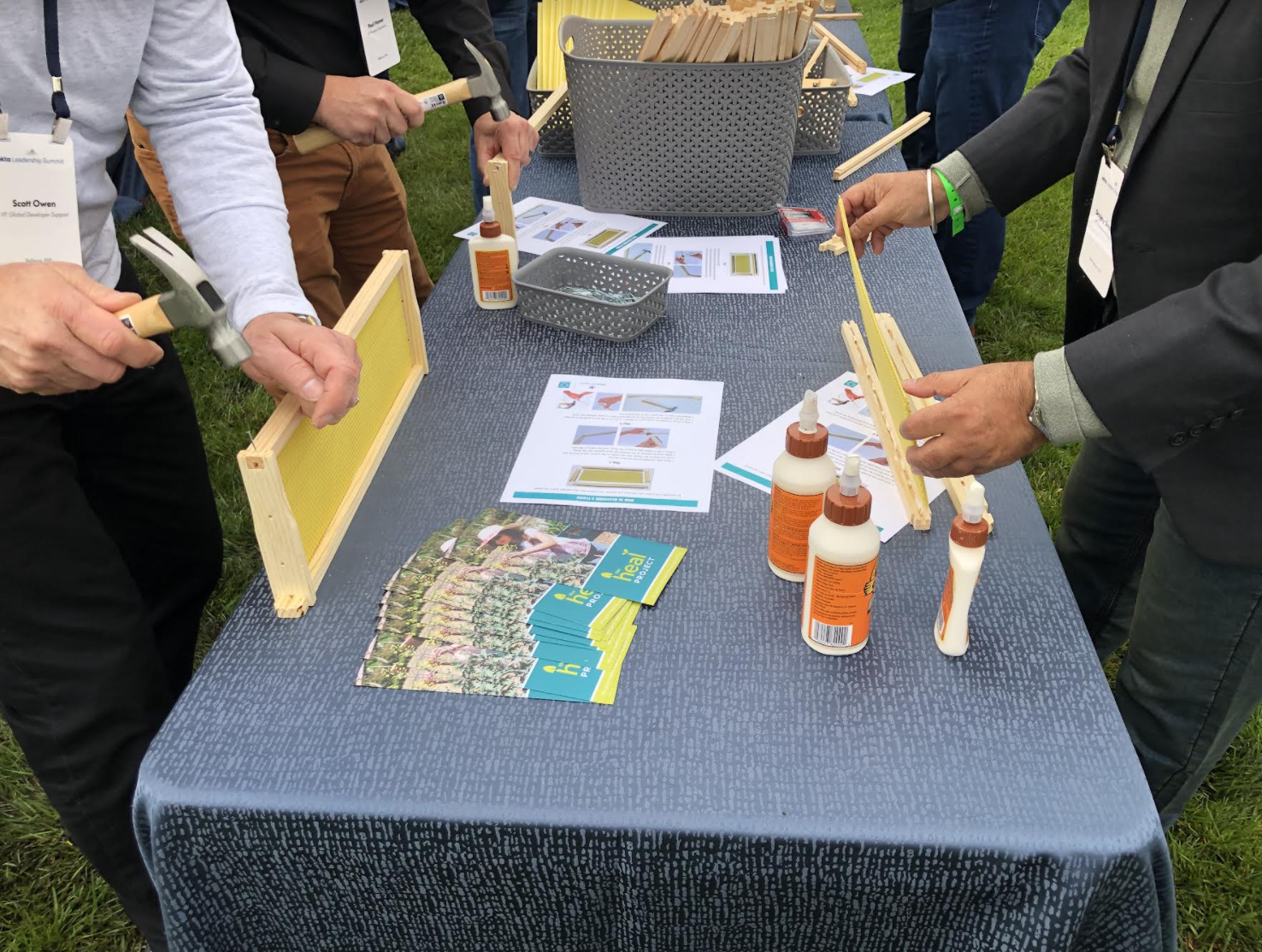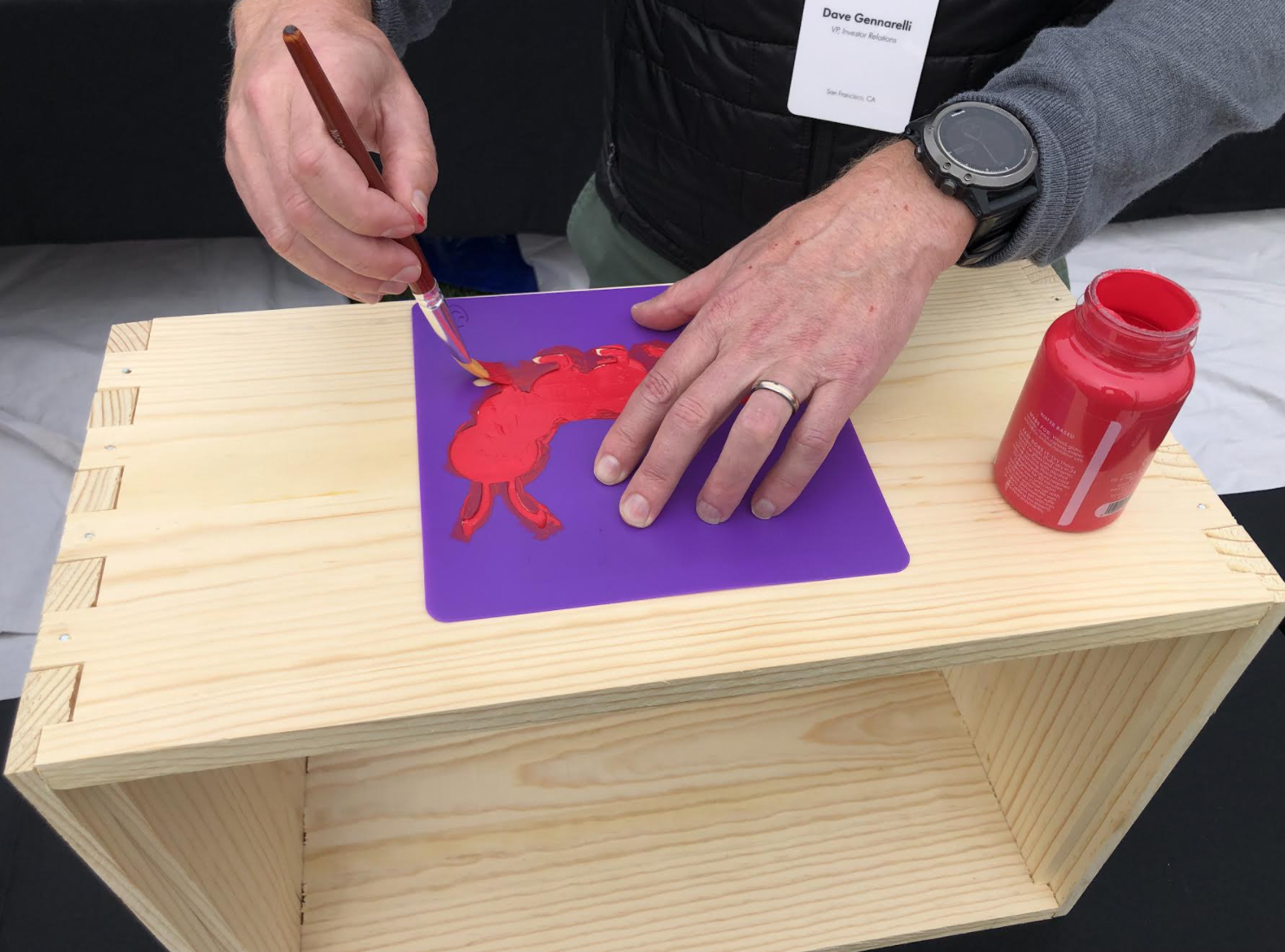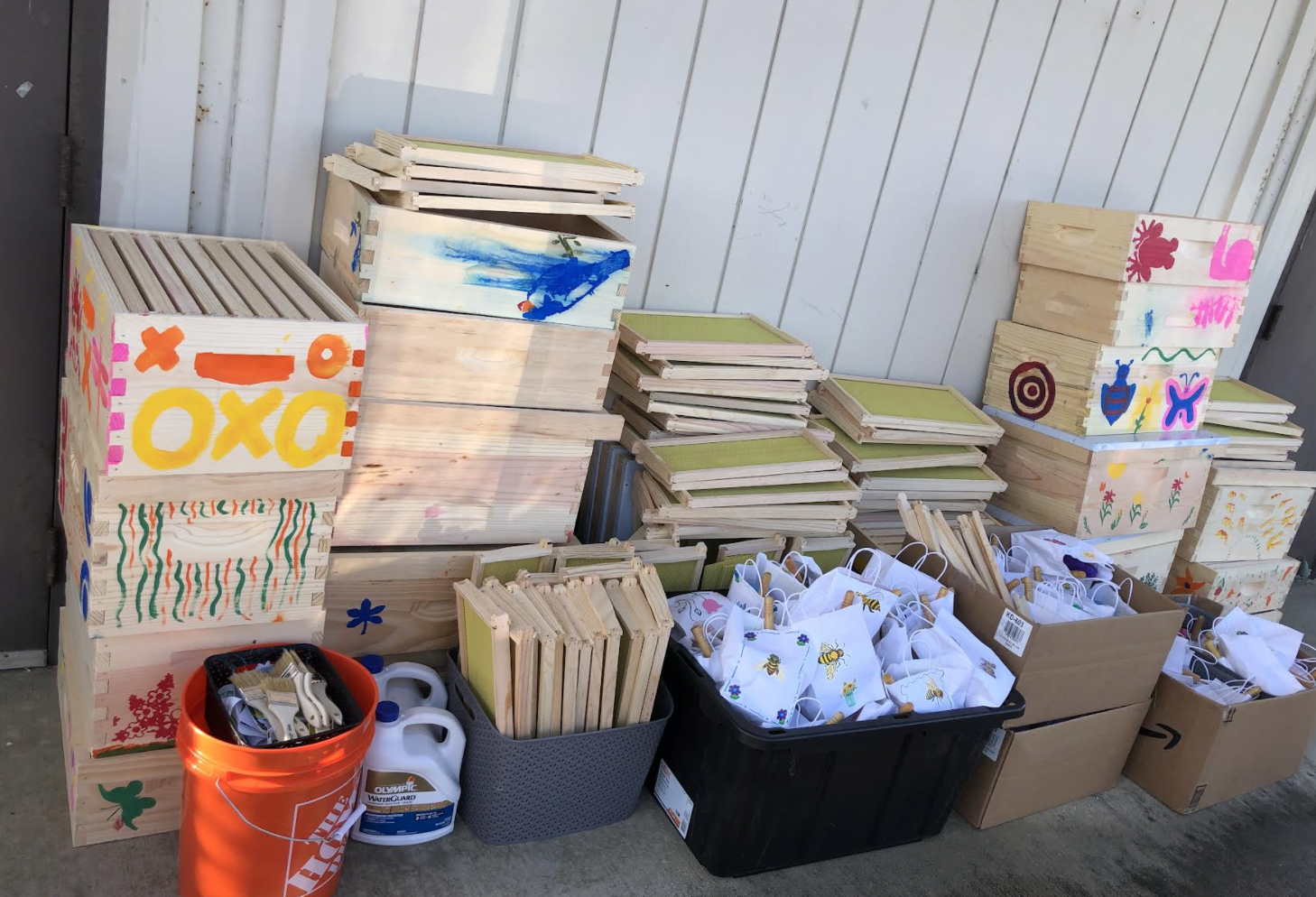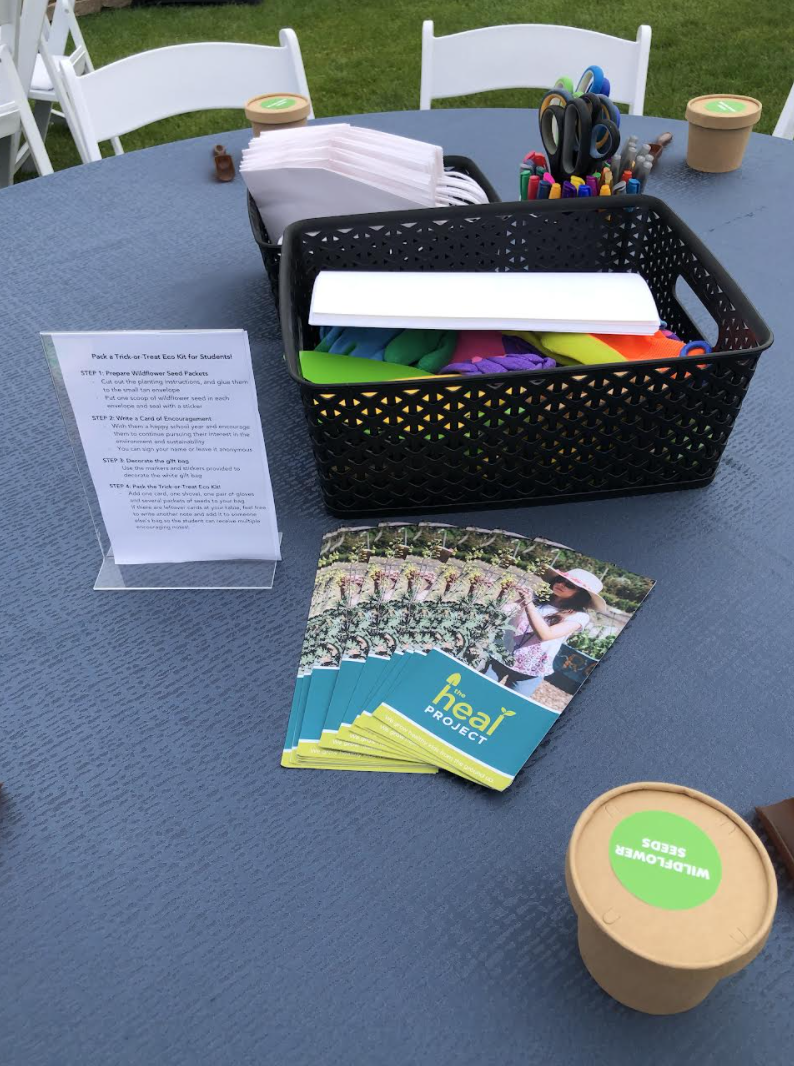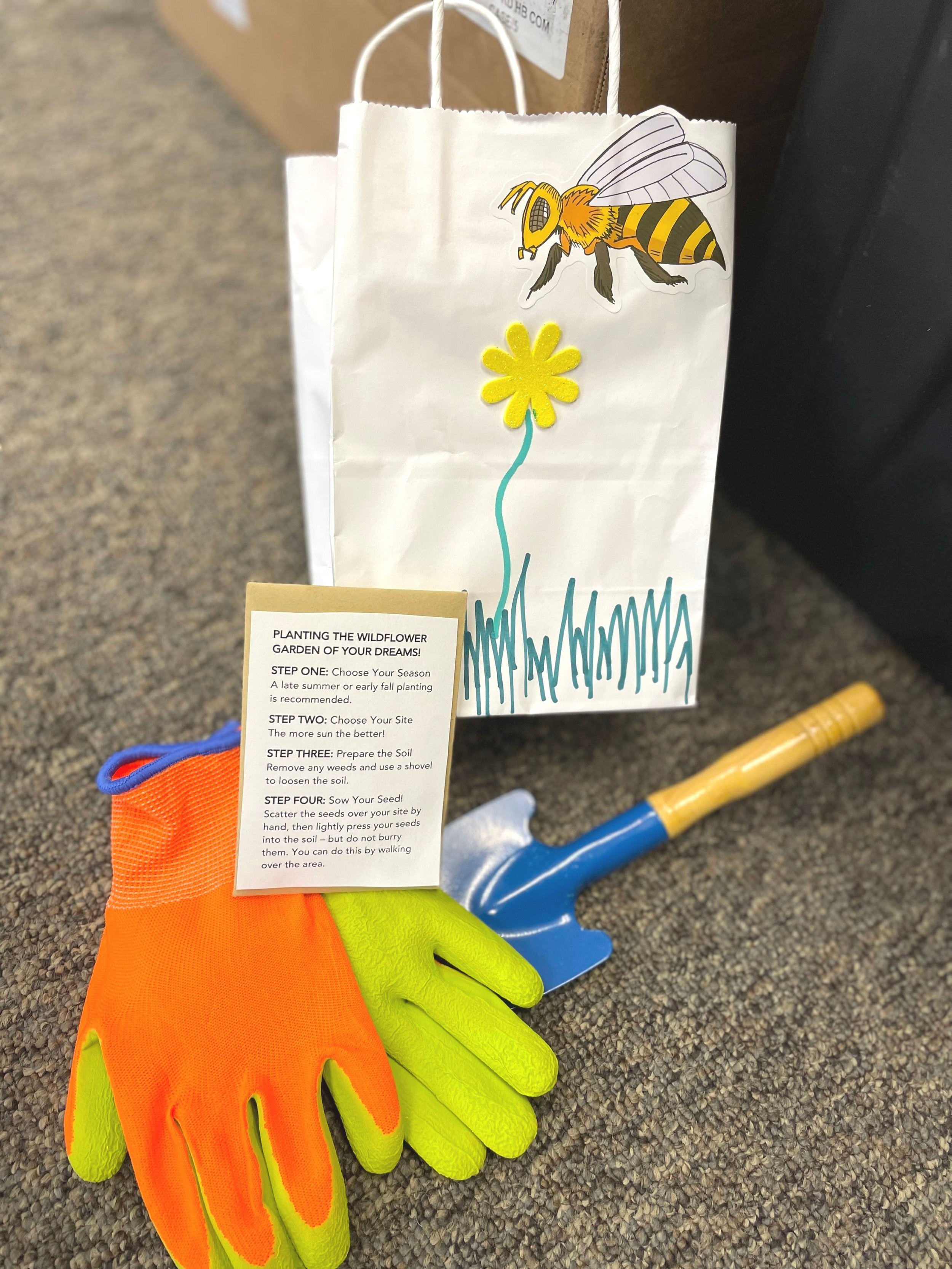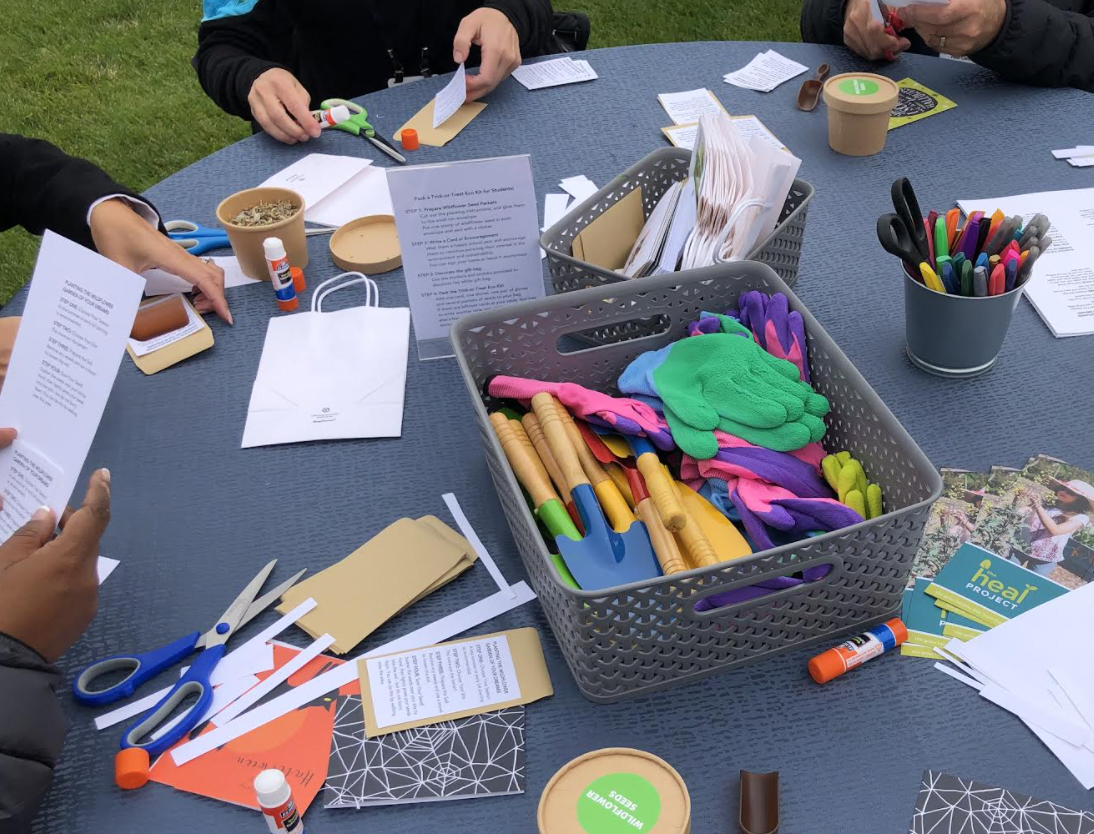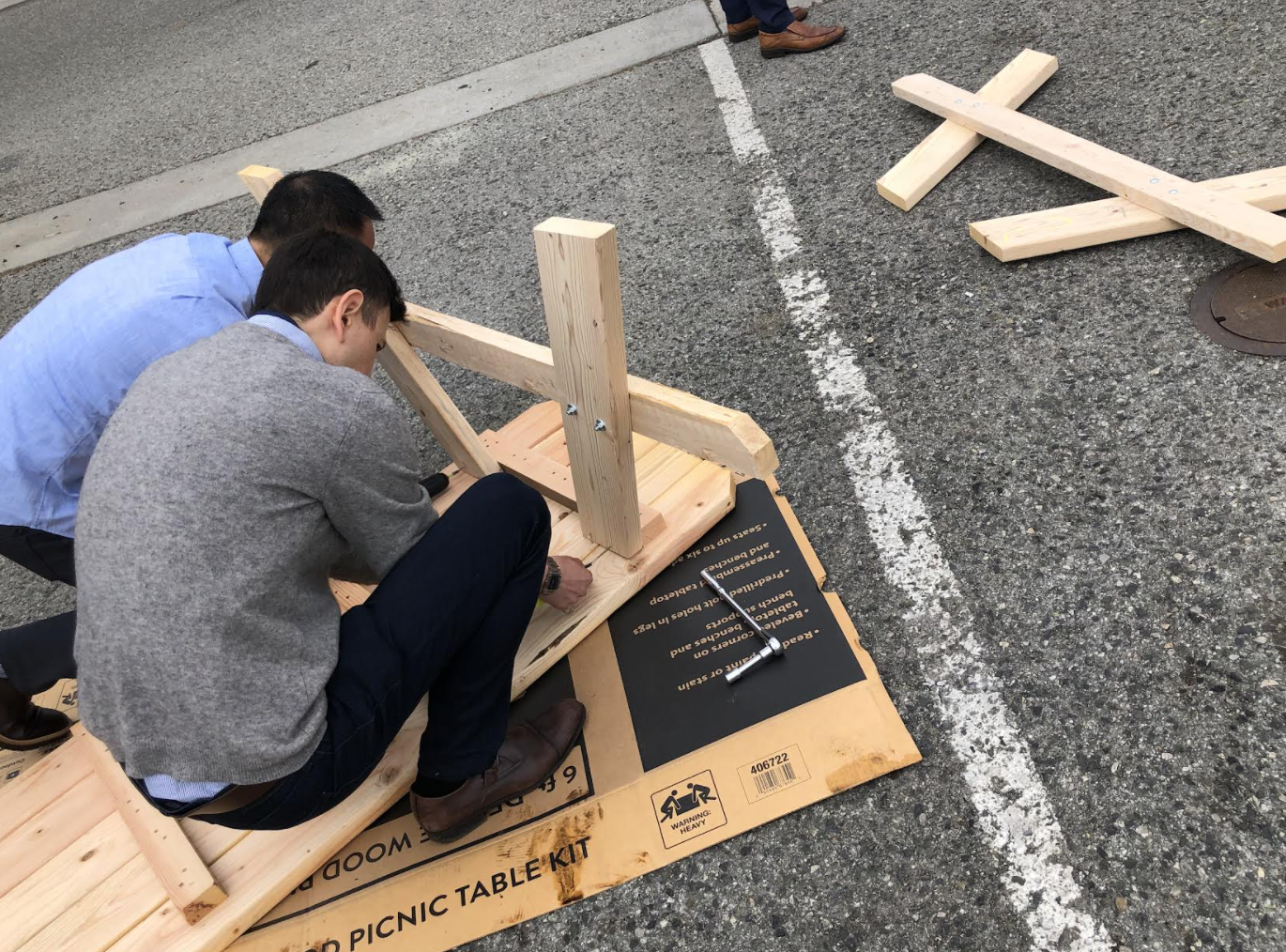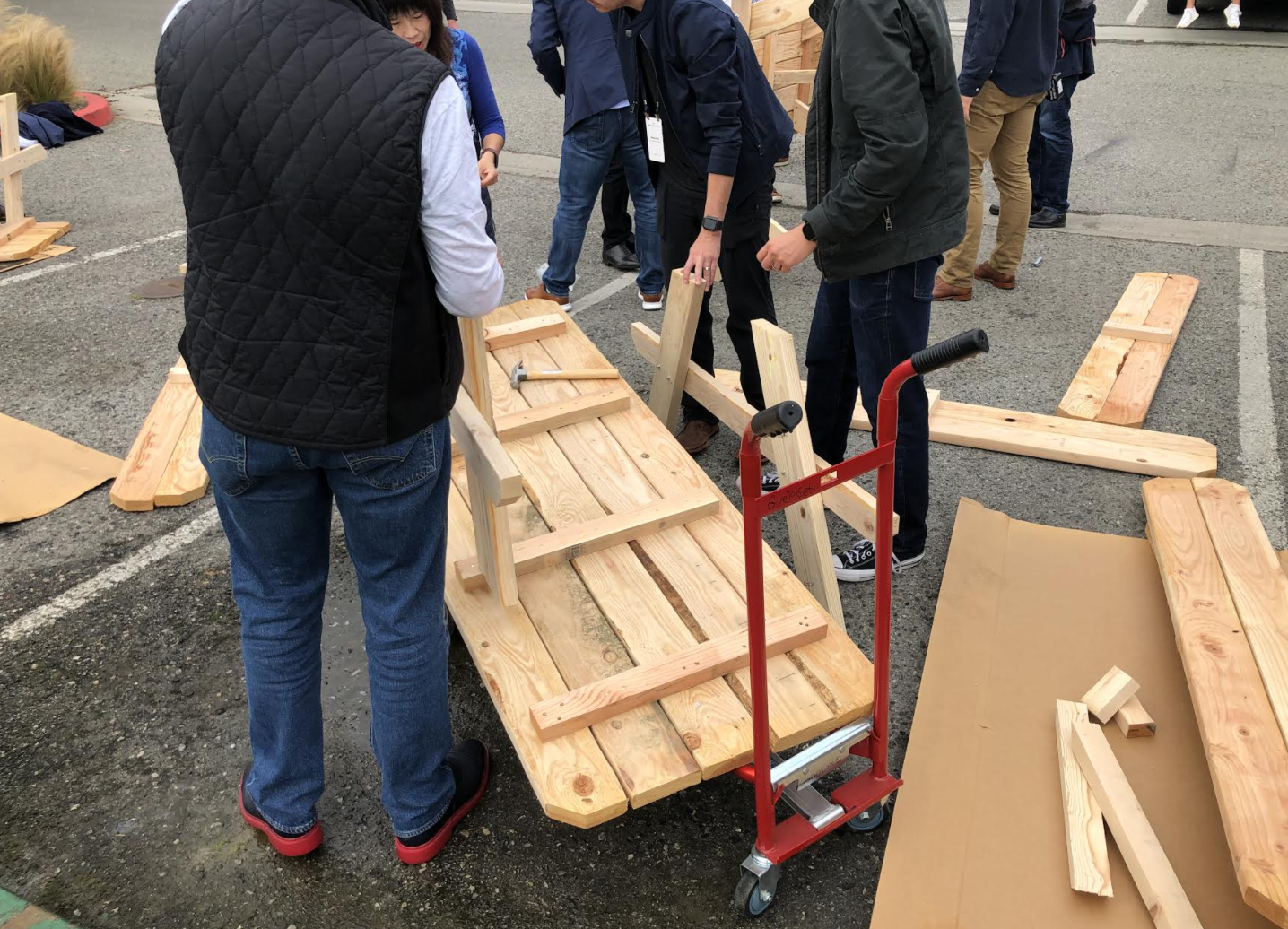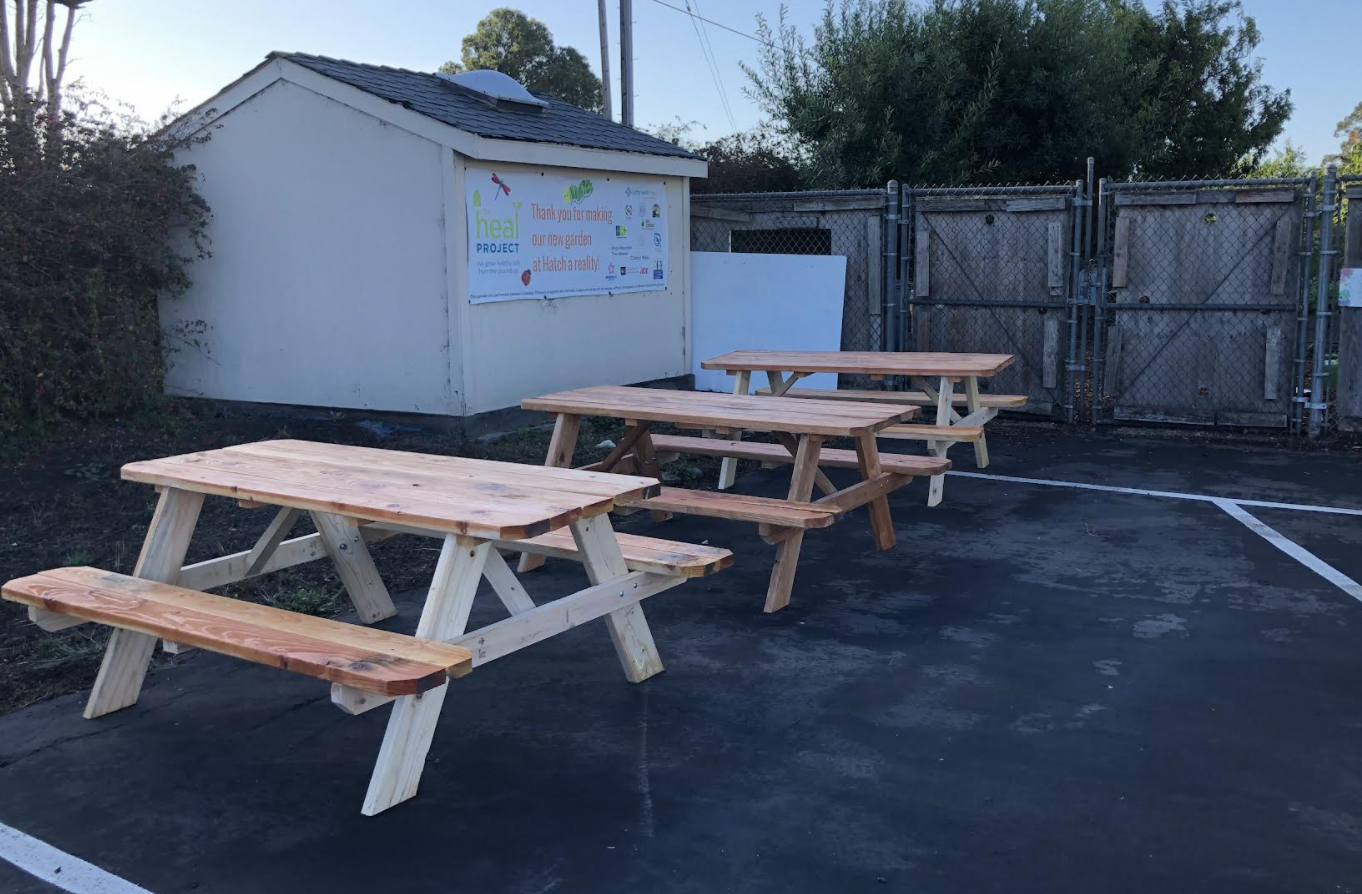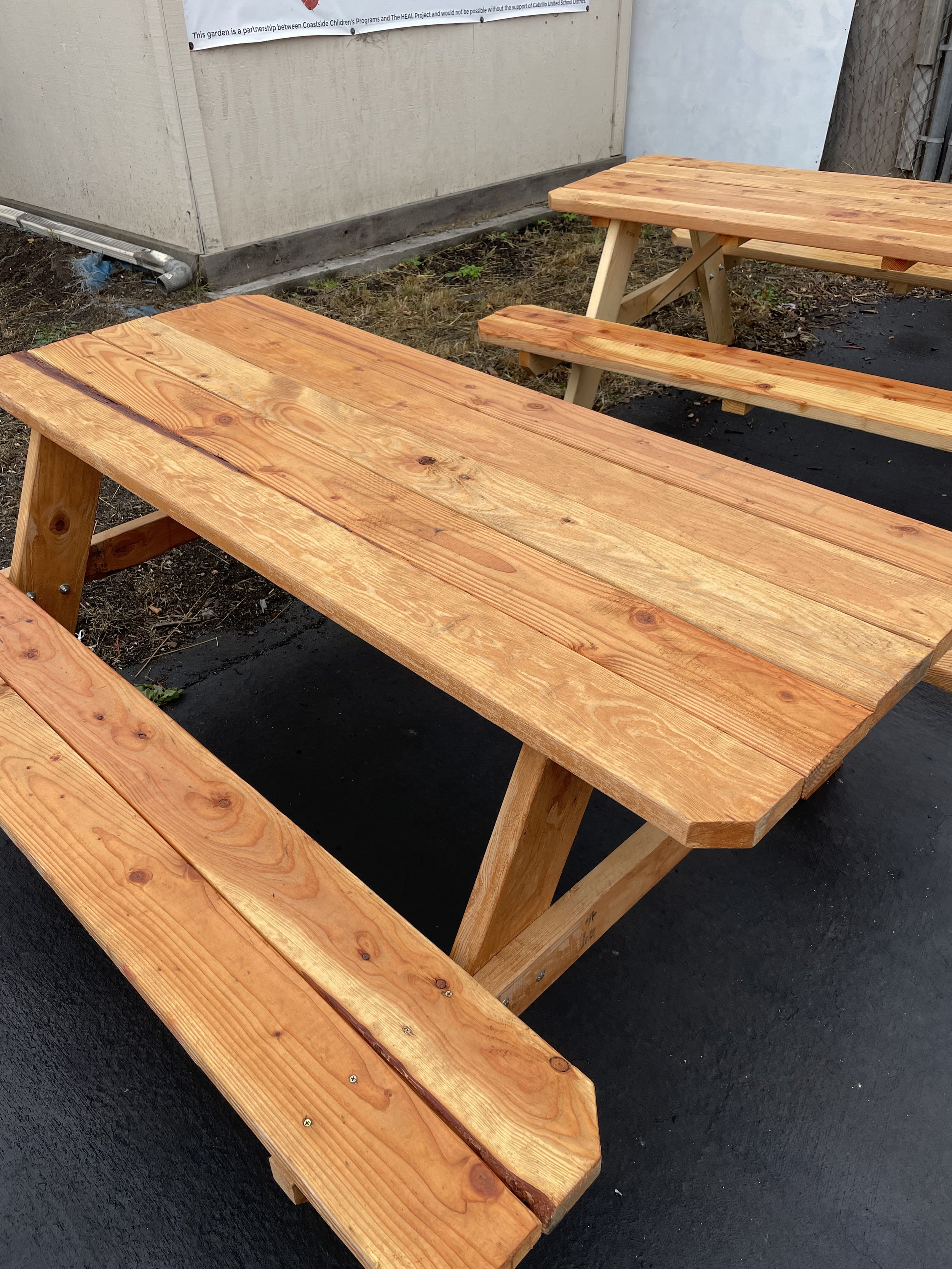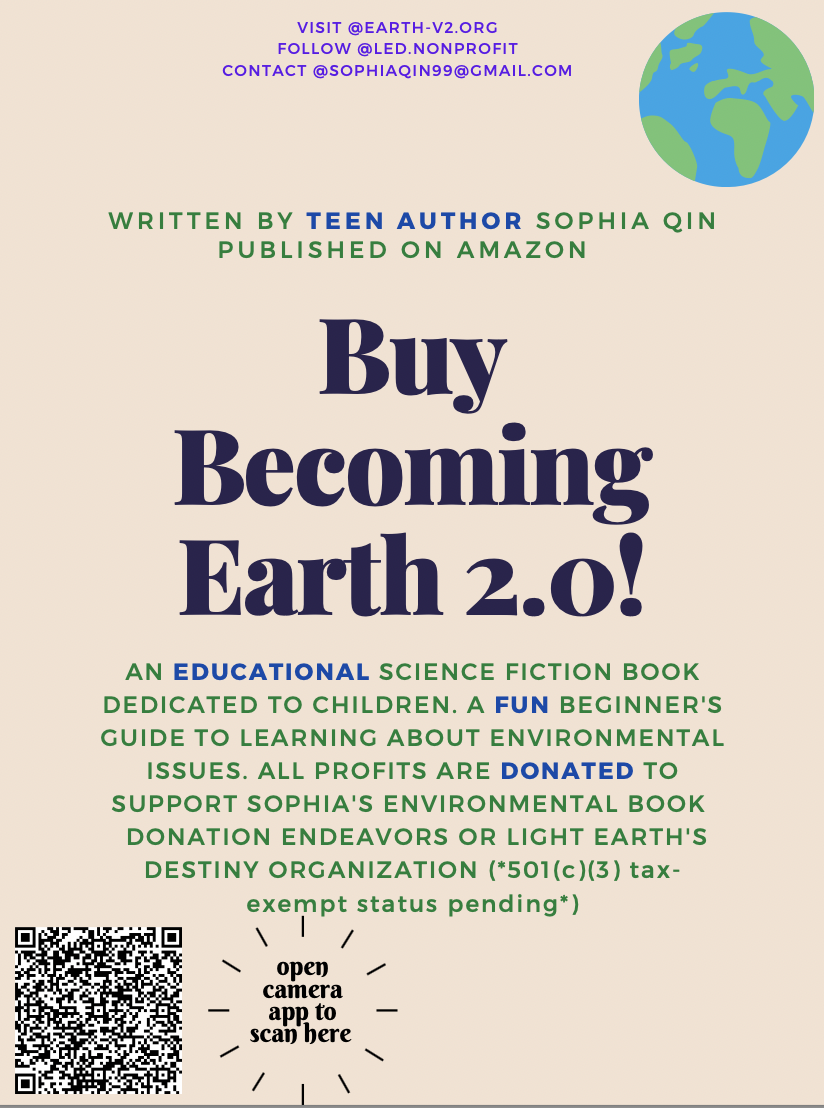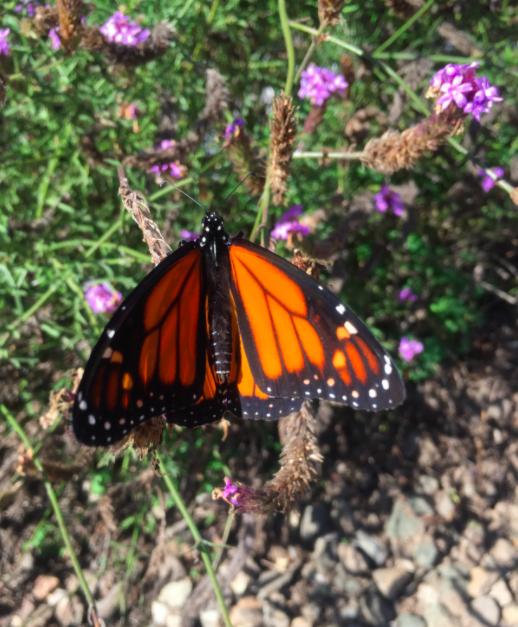Interviewed by Adrianna Freeman, Communications & Operations Manager for The HEAL Project
This summer The HEAL Project camps had a guest presenter, that being Ms. Sophia Quin! Sophia is a 16 year old bay area High School student that has gone above and beyond in terms of environmental advocacy. The HEAL Project's Theory of Change includes our vision for our program participants to become Engaged Citizens, Sophia walked me through what sparked her environmental passion, how she got the ideas for her multiple passion projects, and how she plans to continue to educate those around her. Please enjoy as you dive into her success as an author, nonprofit founder, app game producer, and most importantly, environmental advocate!
Adrianna - Let’s start with a bit about your background. Tell me about yourself.
Sophia - “My name is Sophia and I am a Junior at Aragon High School in the Bay Area. I am 16 years old and one of my main interests is writing. I love to write, and this started early on during the transition from 5th to 6th grade. Our language arts teacher gave an assignment to write a short story and present it to the class. This is when I found out about creative writing, and when I really delved deeper into the hobby. I started exploring poetry, short stories, novel writing, and really began to fall in love with it. This went on for a while, and during this time I also submitted some of my pieces to the Scholastic Art & writing awards. Here I was able to win some regional awards, and it was really neat that other people were appreciative & willing to share my work with others. When I entered HS we had a journalism team, so I decided to try something new, and joined as a News Staffer. Currently, I continue to serve as a News Editor. That is more about my writing background, and I view writing as a very powerful medium to inspire and compel others. I use that to educate the public on issues that I really care about, which is specifically environmental issues, a segue to my other passion. That being said, I love the environment, and I do a lot of work advocating for planetary health.
Besides these two passions which I have merged together, I am also a very avid lover of history, I also love baking during free time over the weekends. I search recipes up and bake treats for family and friends. Spending time with family as well, I have a chihuahua as well, I love animals!”
Adrianna - Please share how you became involved with matters of environmental stewardship.
Sophia - “Since a young age, I have been exposed to this type of stuff. We had occasional guest speakers come in talking about the importance of saving water, and various other speeches or presentations regarding environmental issues. I feel like this never really stuck to me (as opposed to subjects such as history/math), where you are learning this in daily classes, whereas environmental education is not very systematic, and it is not in our actual school curriculum. So, in 6th grade I came across an article regarding global warming. This featured a polar bear standing on its last bit of ice habit. This was very sad and appalling to me as I love animals. I think this was the actual turning point where I suddenly opened my eyes to the outside world & realized what was happening. As opposed to previously, when I heard the guest speakers, it never really stuck to me. That article really shocked me and ever since then (this was 6th grade), I started trying to become an eco-friendlier citizen, in hopes of those poor polar bears and other animals not suffering as much. At the same time, I was looking at my peers & friends to see if they were doing the same thing… and the answer is no. At lunch time, I would see trash being thrown on the ground, littering, not knowing what trash to recycle in which bin, and leaving around piles of food waste.
That is when I thought that something needed to be done about this, but also, I was doubtful as to whether I had the capabilities of being a prominent voice. I was not really the outspoken one in class; I was scared to speak up. This went on for about 2 or 3 years until I entered high school. Regarding my past mention of joining journalism and becoming a part of the News Staff, I believe that really trained me and made me get out of my comfort zone. I realized my potential of how I can grow and become more outspoken, through the interviews I conducted. This is when I really decided to go for it, and become the person that advocates for environmental protection. I think that if I did not do it, no one else would step up to do it. So anyways, that is why I decided to write the book & start this nonprofit organization. That is how it all got rolling!”
Adrianna – Can you expand on the book you wrote & nonprofit you created?
Sophia – “Sure! So, I founded my own non-profit organization which is called Light Earth’s Destiny, in short it is called L-E-D (LED). We do many projects around environmental education, such as compelling other youth in our community to join us to protect the environment in ways that they can contribute to, and educating them overall. I also wrote my own book, this being called Becoming Earth 2.0, it is an educational science fiction book mainly dedicated to elementary and middle schoolers (although all readers of all ages and backgrounds are welcome to explore it).”
Adrianna – Could you tell me more about projects within your non-profit?
Sophia - “Sure! We have quite a few projects right now, one specifically I am very excited about is called Saving Earth 2.0, and I am sure you can guess it is connected to my book. We have really talented tech app developers here at our organization. Over the summer they have worked very hard to develop this app game based on my book. Basically, (not getting too specific) there are a lot of mini games in the app, the player's goal is to save this dying planet as it experiences many environmental issues. Throughout each mini game they are supposed to solve obstacles such as plastic pollution, the wildfires going on across the planet, etc., and during their time on the planet, the players learn more about how we can be change-makers, and be that person that addresses/ tackles these issues. Therefore, we created this app game, and it actually launched very recently! It is developed for Apple & Android users, as we hope to make it accessible to everyone. We plan to distribute it to museums/other places that take in these app games & make it be seen in the public! You can access the app here.”
Adrianna – Can you tell me more about the book you wrote - what inspired this and how it came together?
Sophia – “The book was in my sophomore year of high school. There was this long period of time between then and 6th grade where I was hesitating on being the one to go out there and be the leader. I was definitely since 6th grade adopting more eco-friendly practices & further educating myself, but I was still not sure if I could be the one leading.
In 9th grade I was more focused on growing myself, I went to a few environmental science research programs to be more knowledgeable in that area. This was to expand my knowledge before I took on exciting yet also ambitious projects.
Elaborating further, when I really decided to take action, I was thinking how could I contribute? I felt I was pretty strong in writing, and felt I could accomplish a whole book. I think books are a very, very entertaining resource for kids. This is because other resources we have on climate change and global warming etc., are just long articles & research etc., that are not very exciting for kids. This is why I find books to be an ideal way to get kids started at a young age. Kids are our future generation, these are the people that are going to grow up and make decisions, all of our behavior and choices directly impact earth's well-being. So, I think it is very important that at a young age we start having this coexistence with nature, no matter what we are doing. This is why I think environmental education is so, so important, on a note in addition to beach clean ups/planting trees.”
